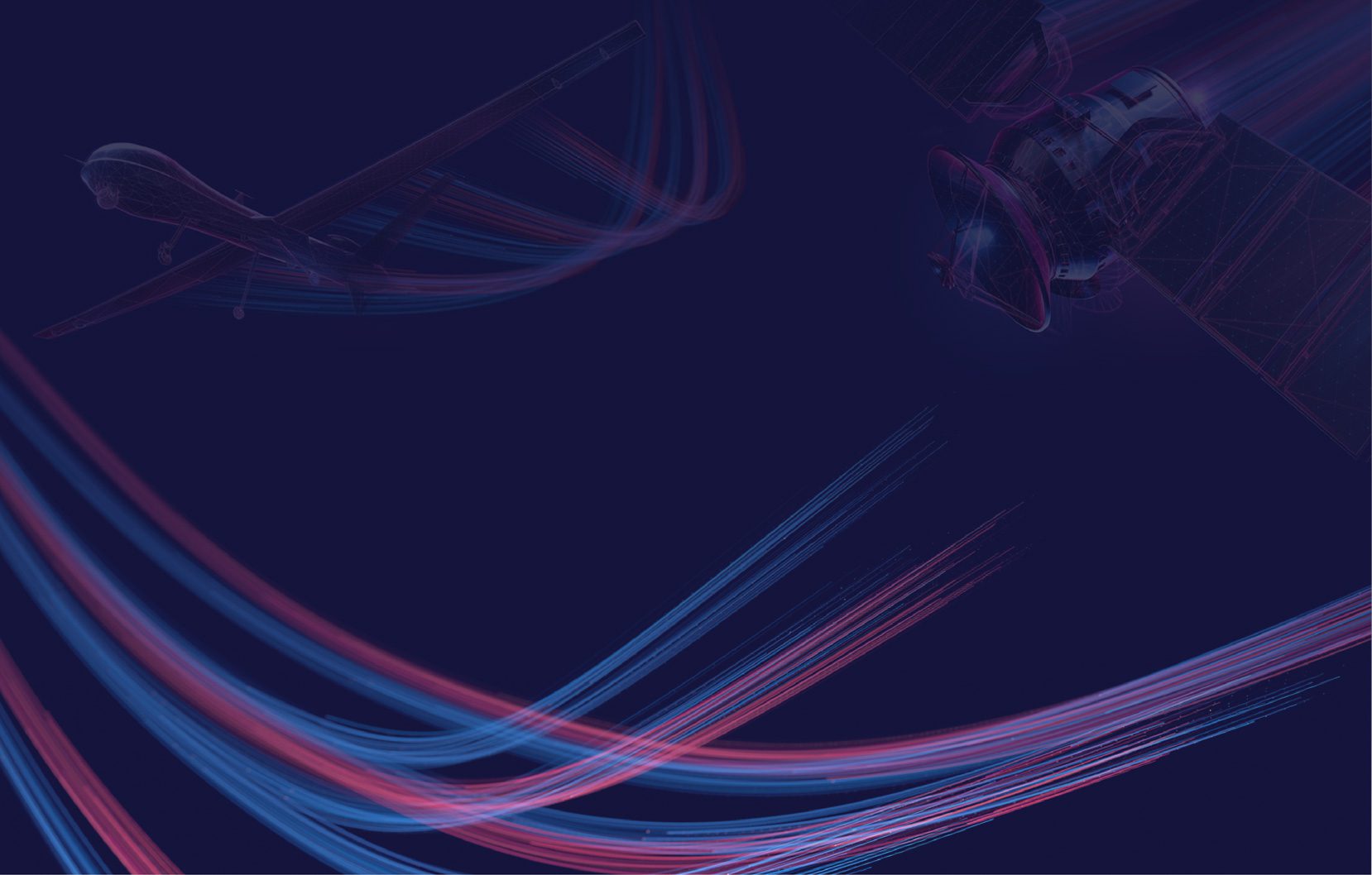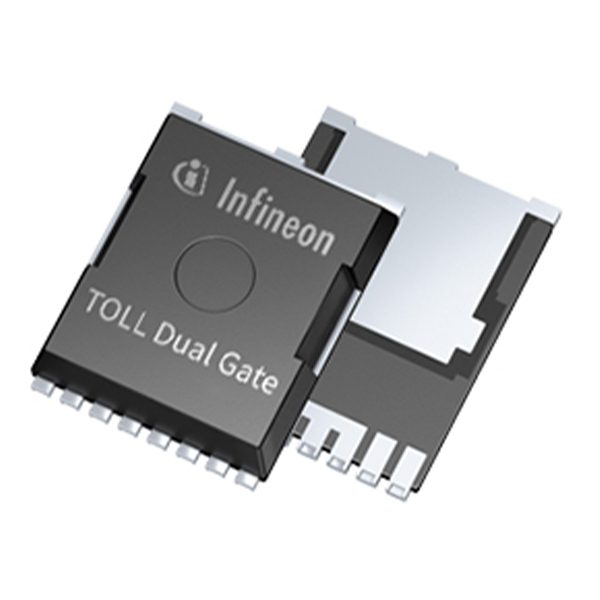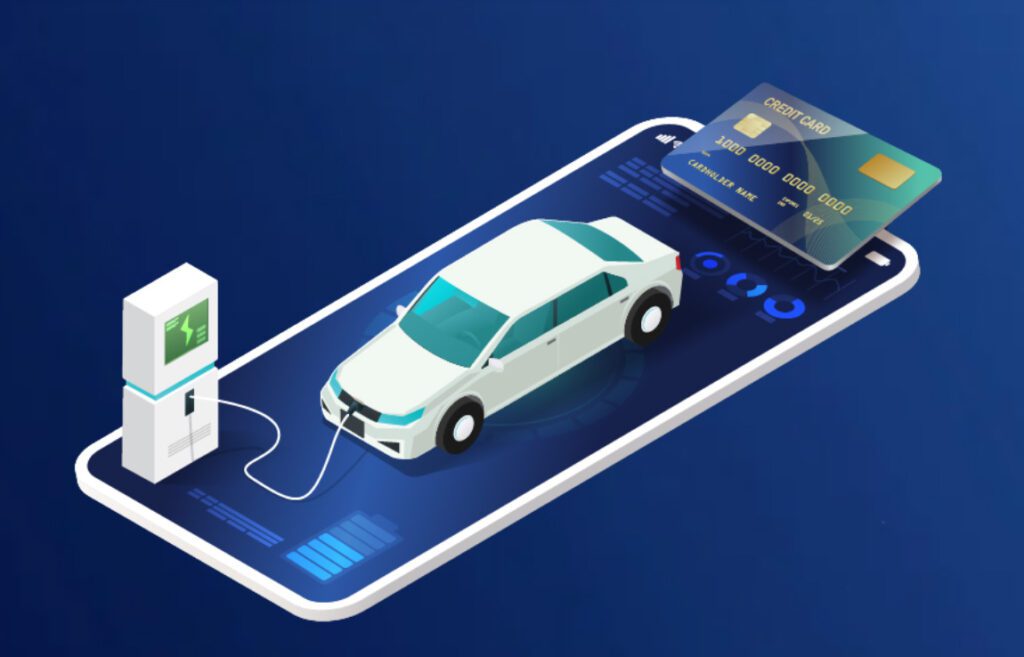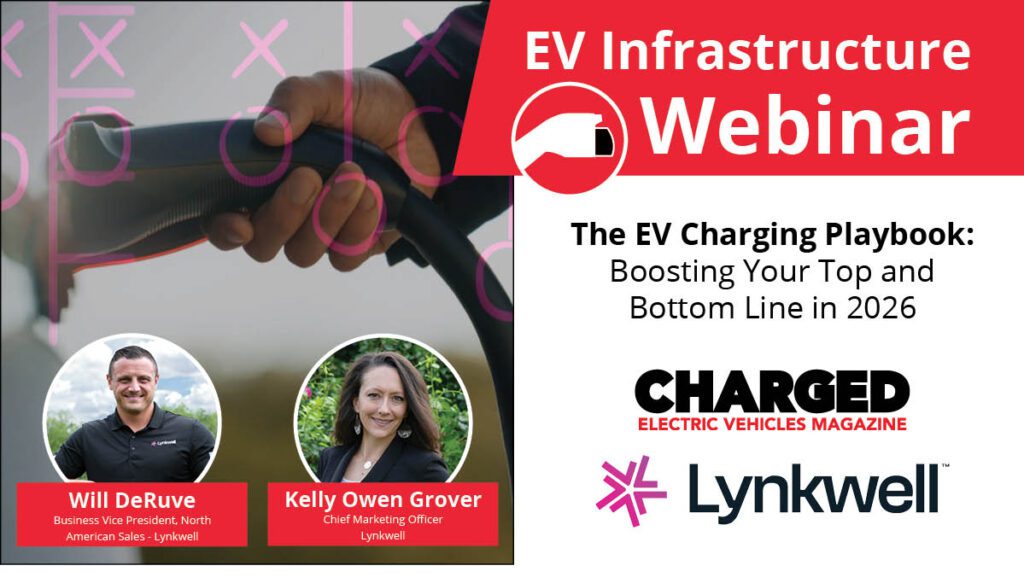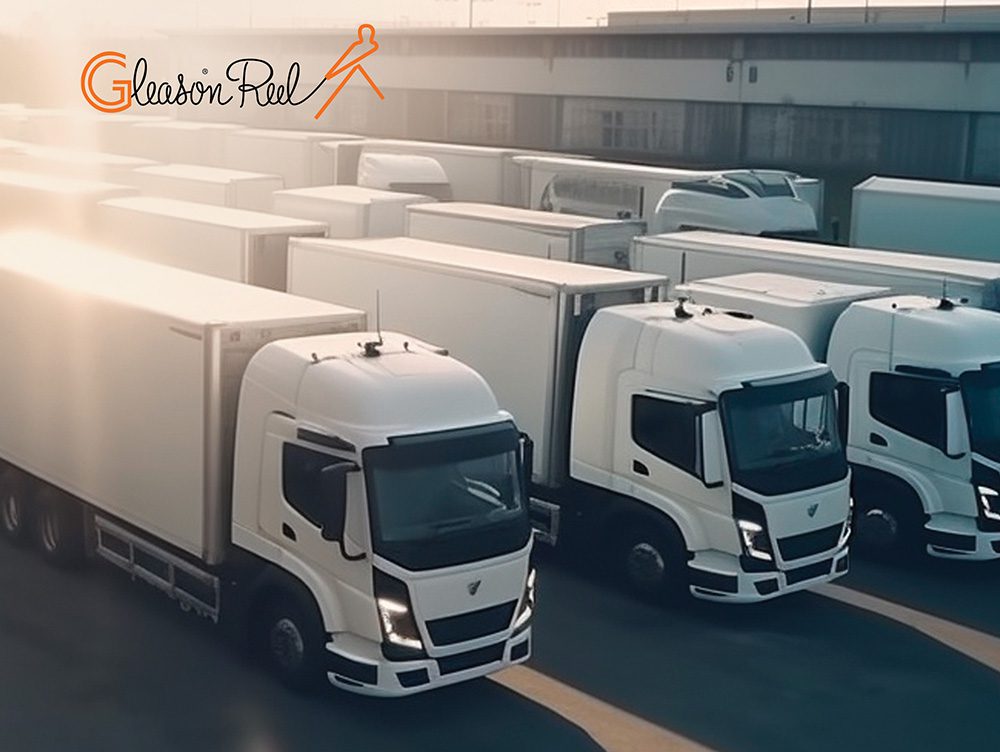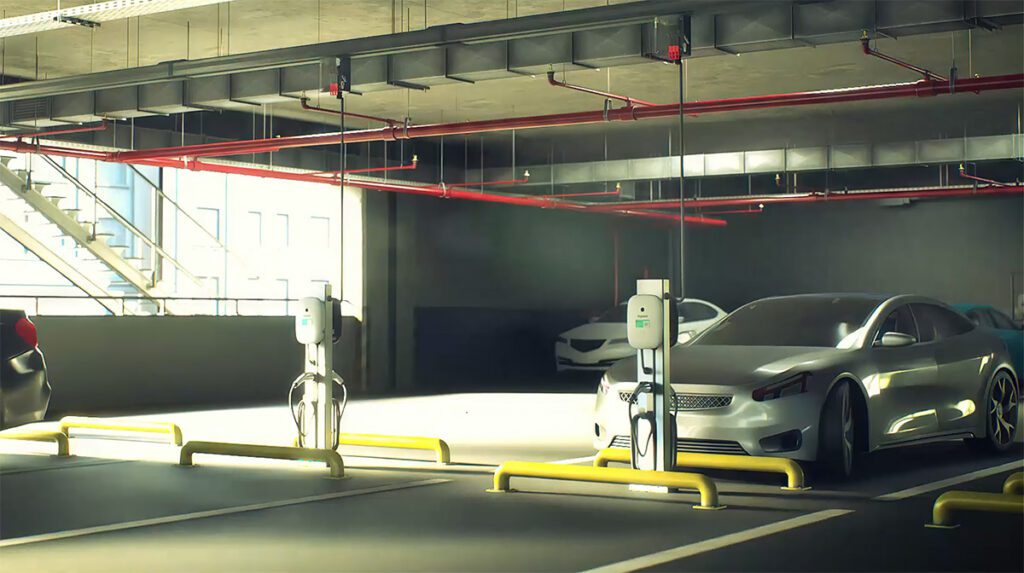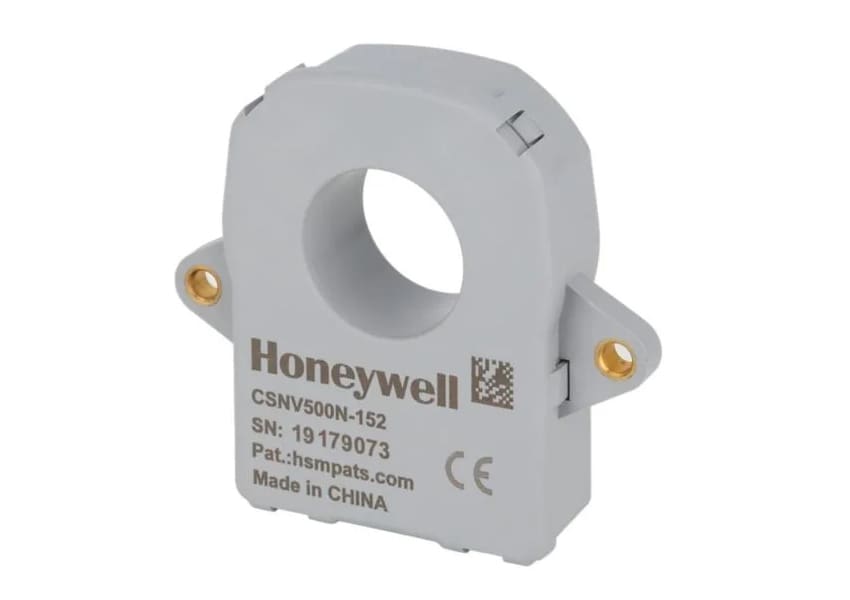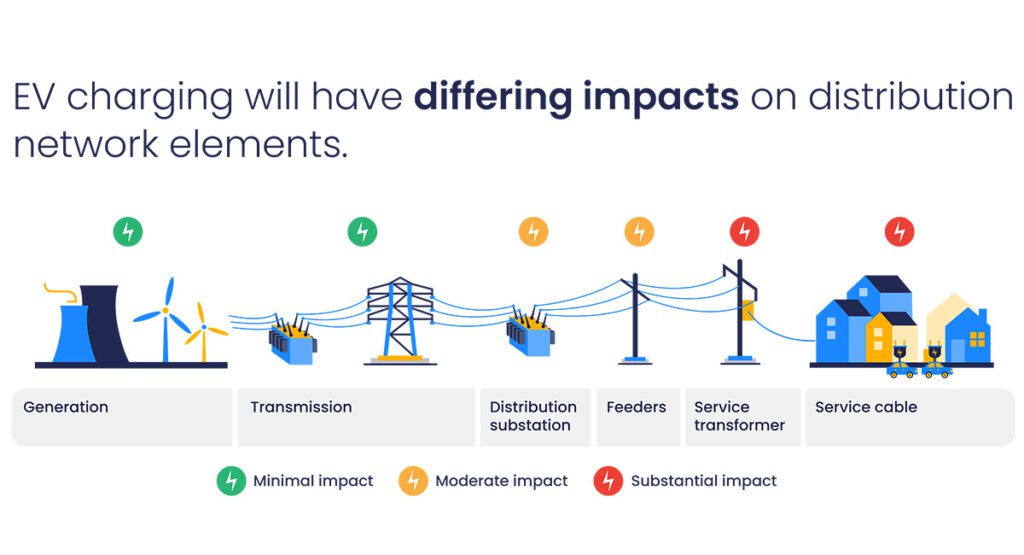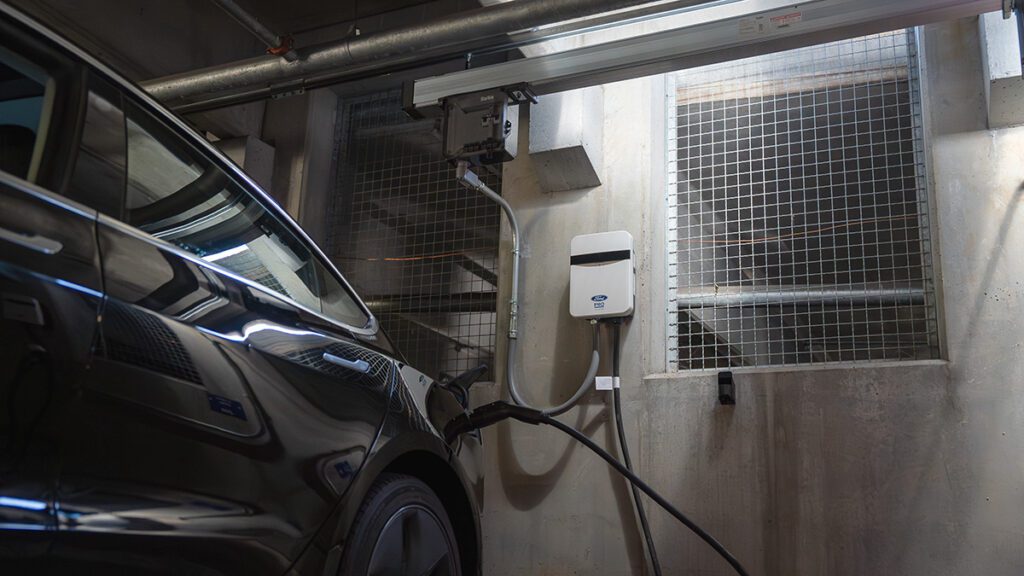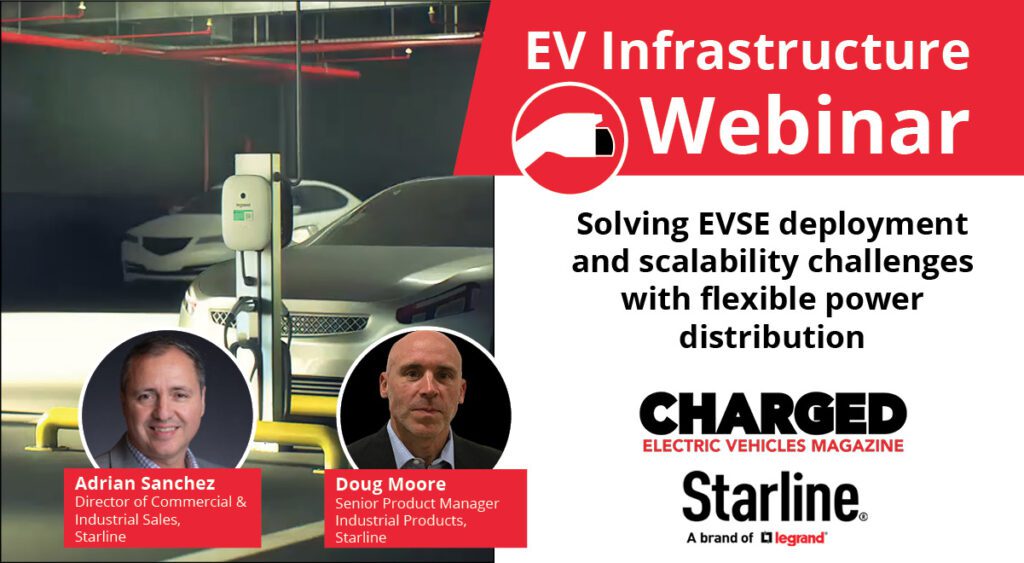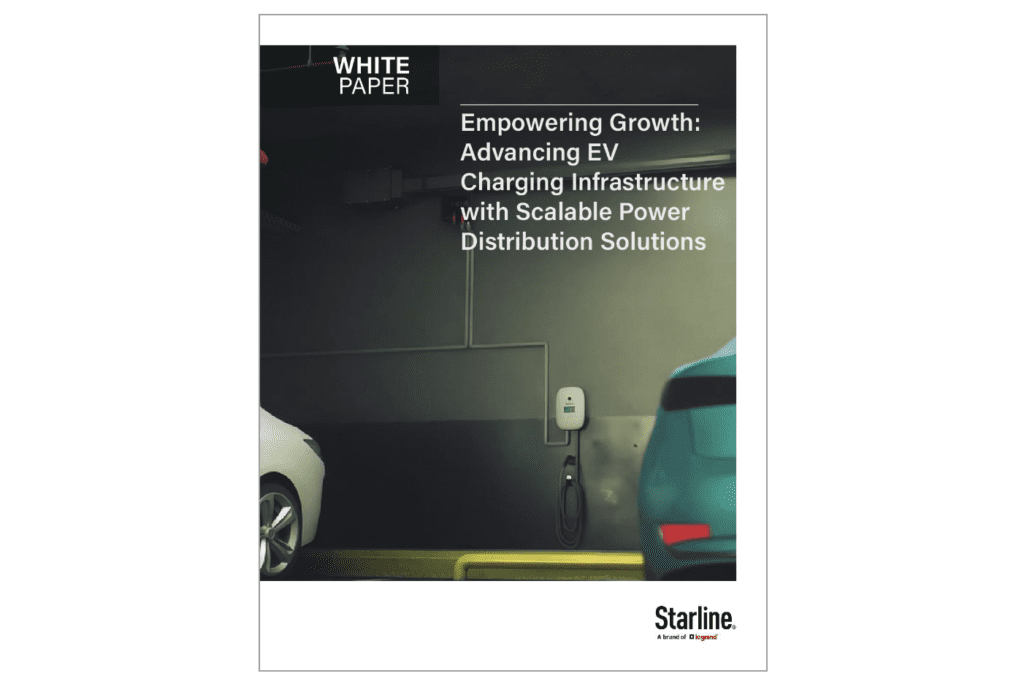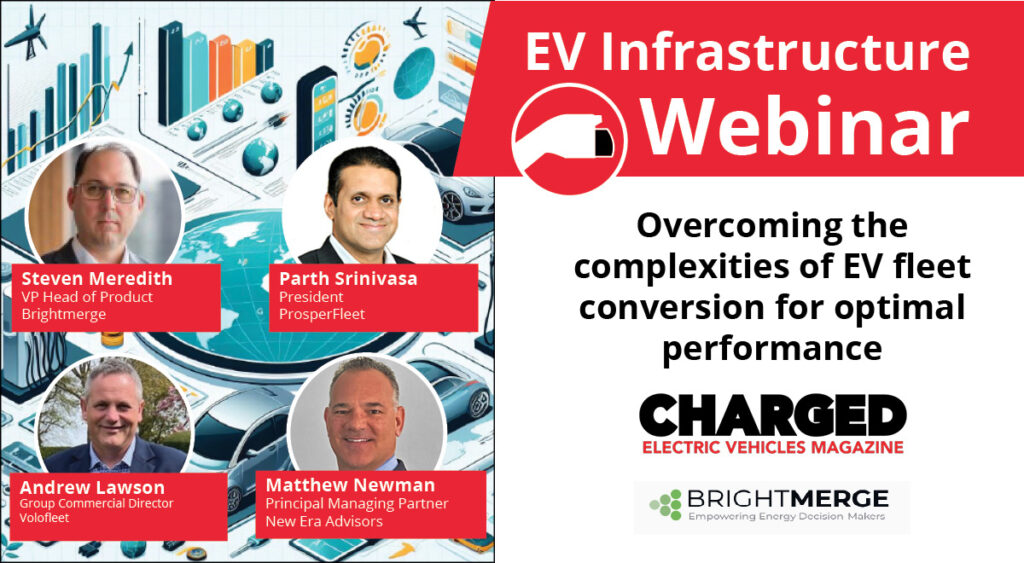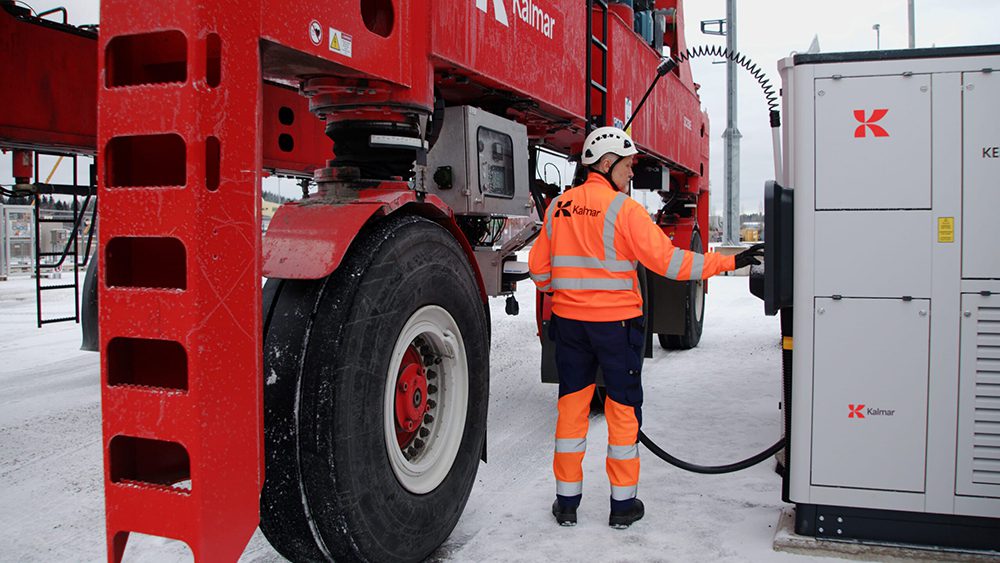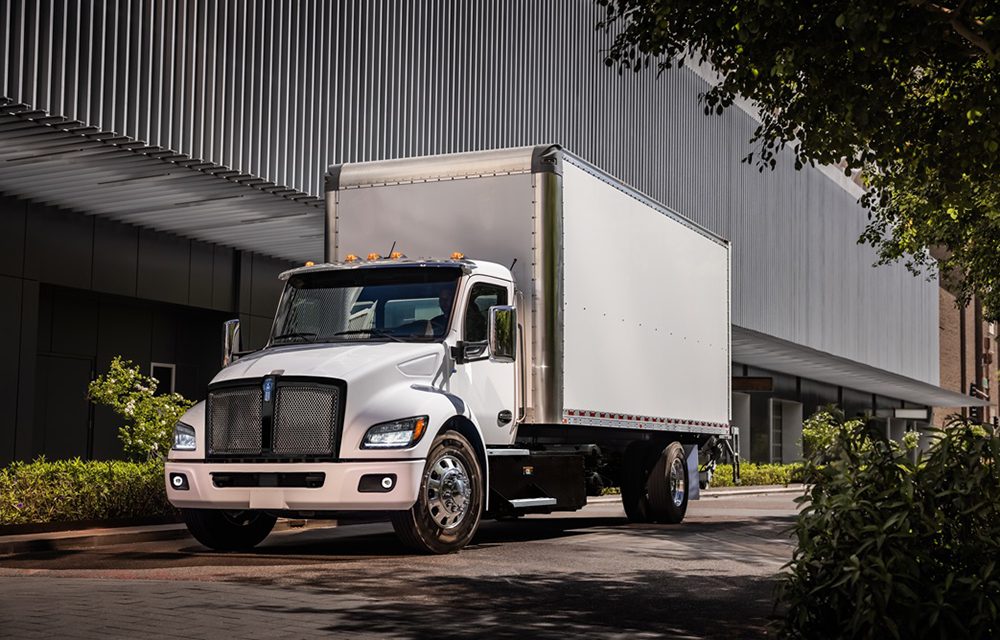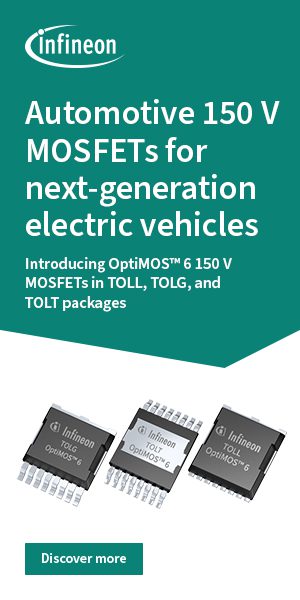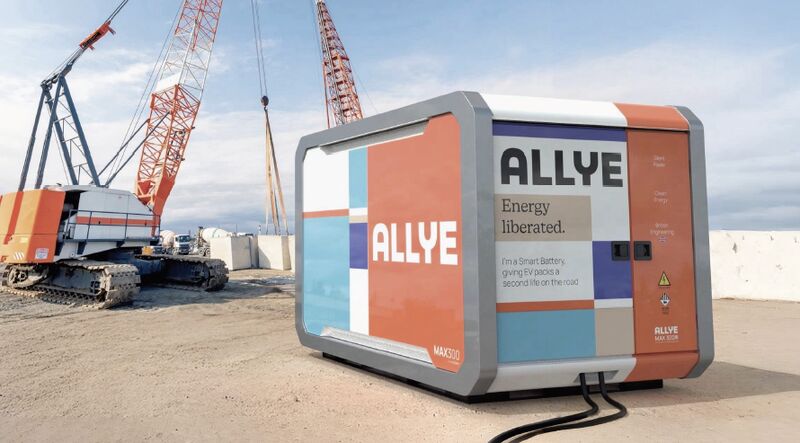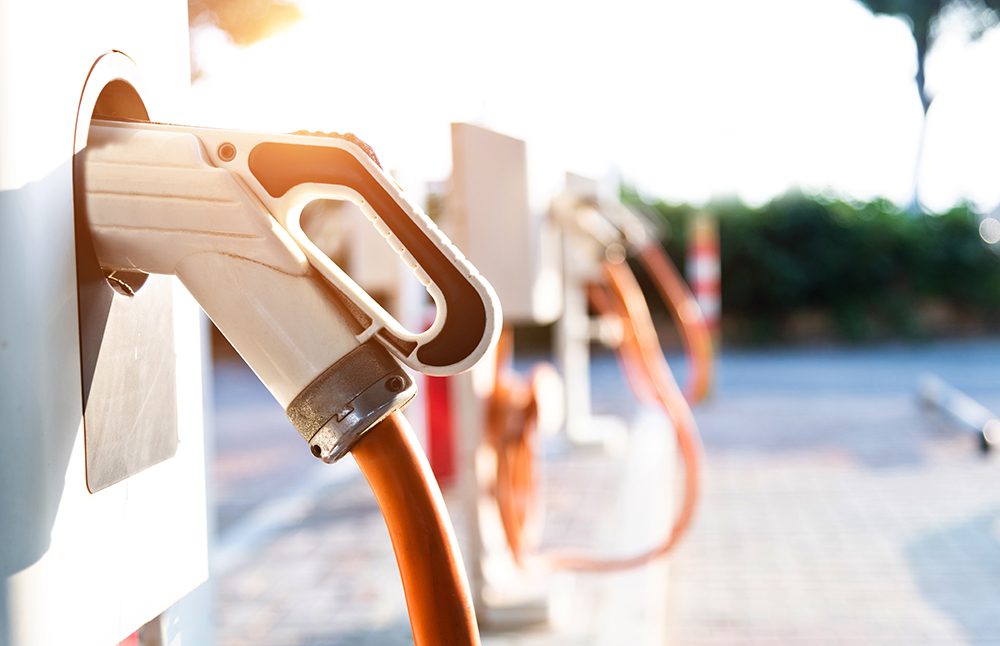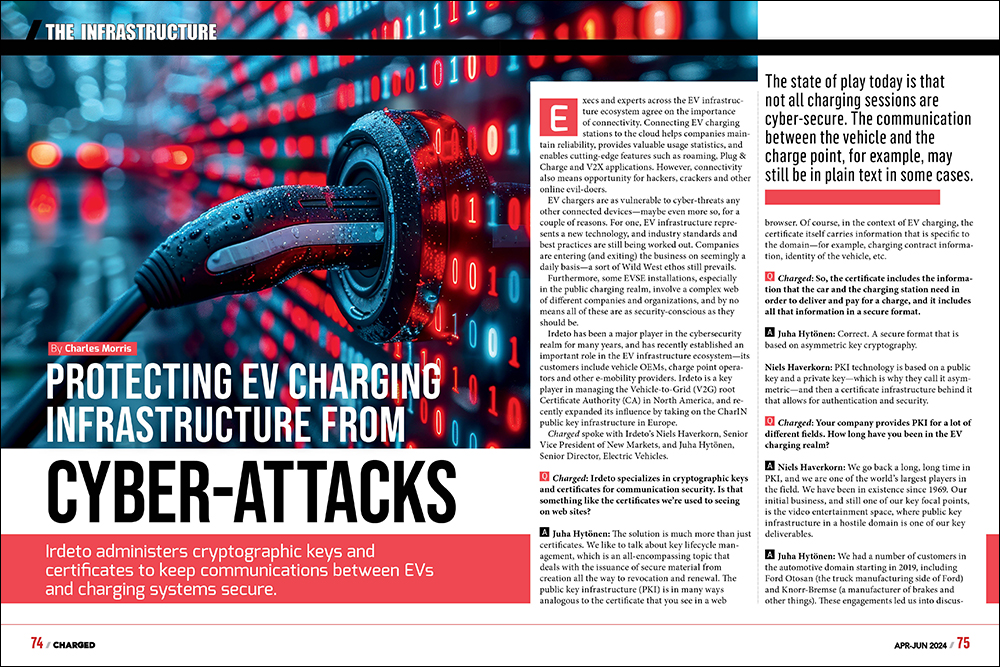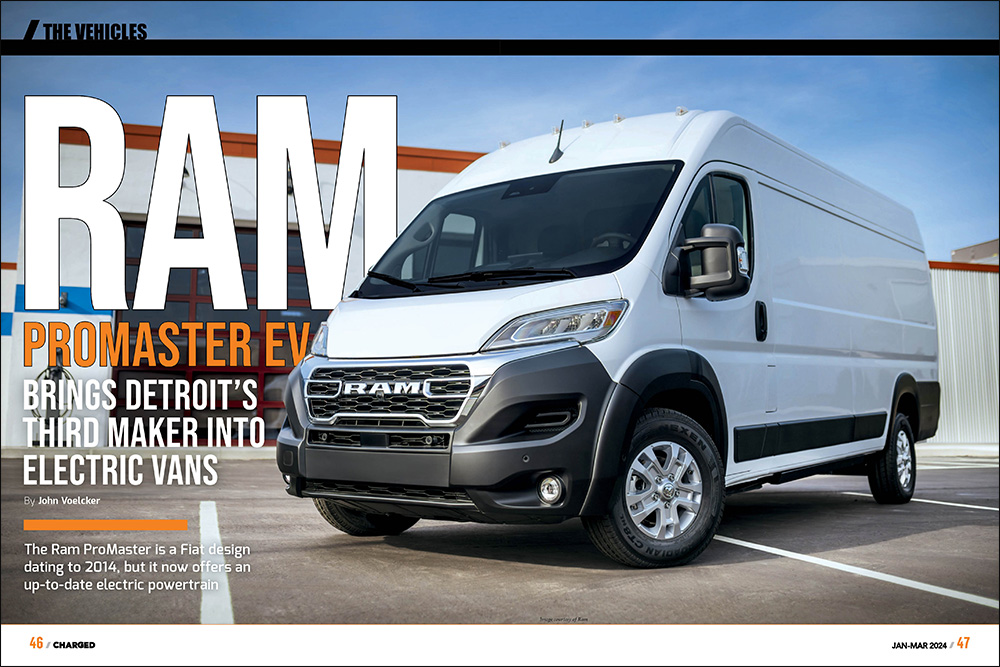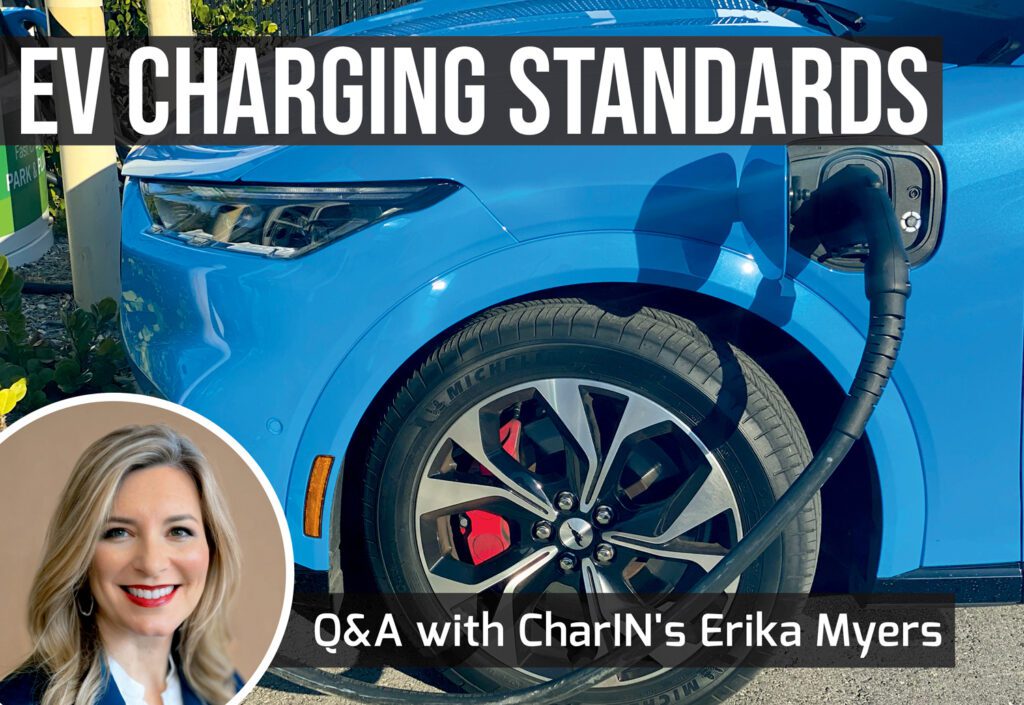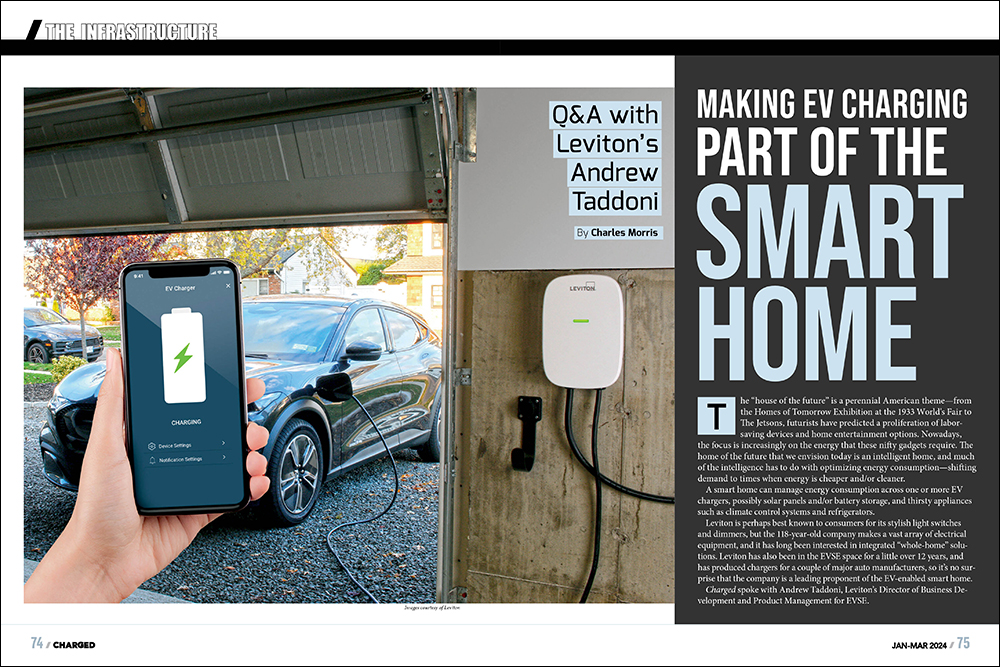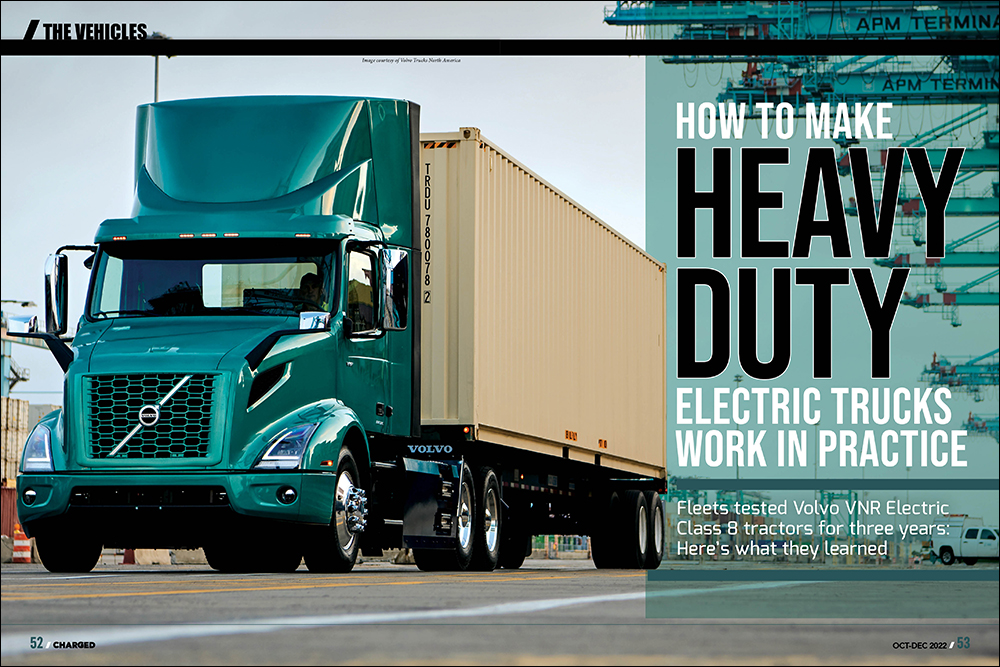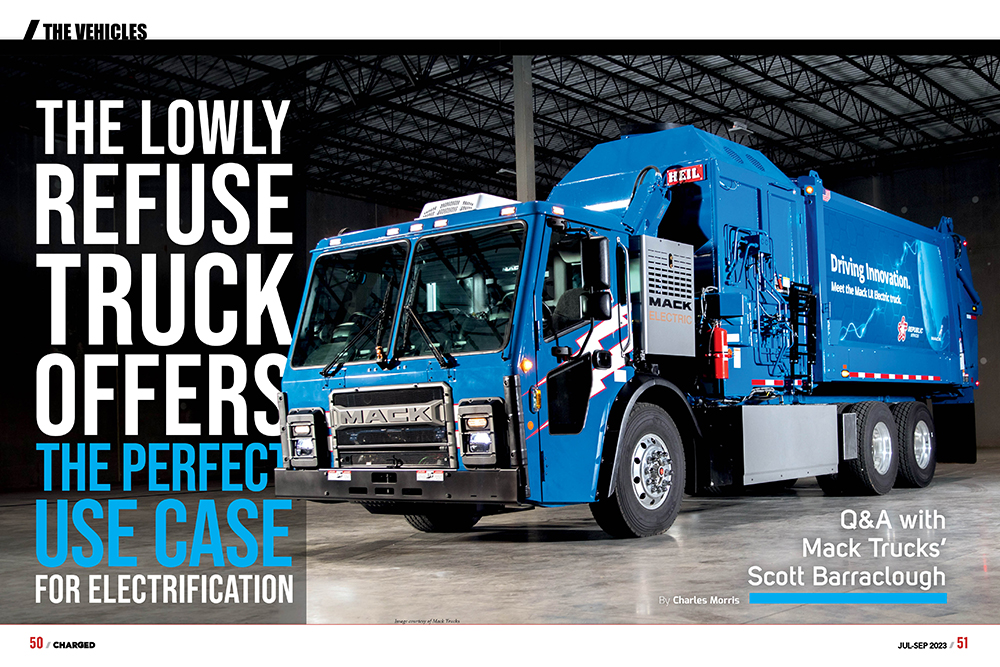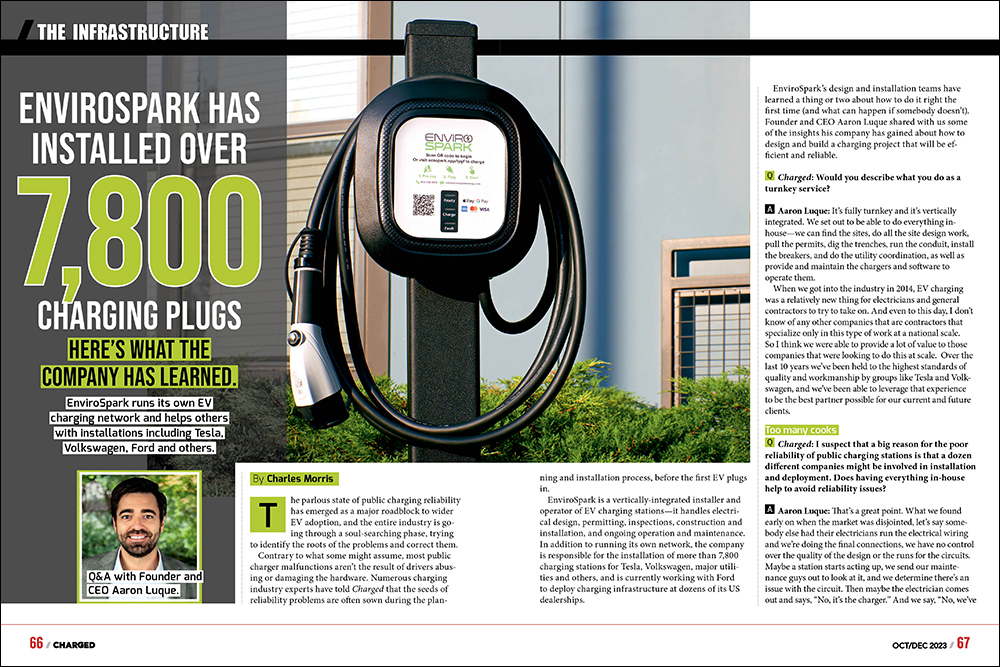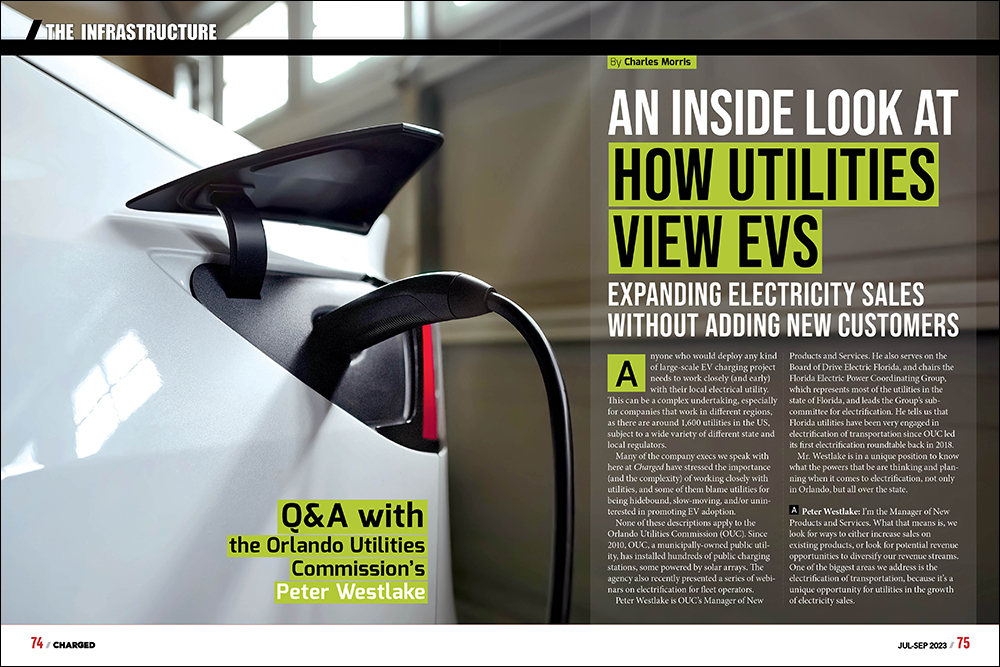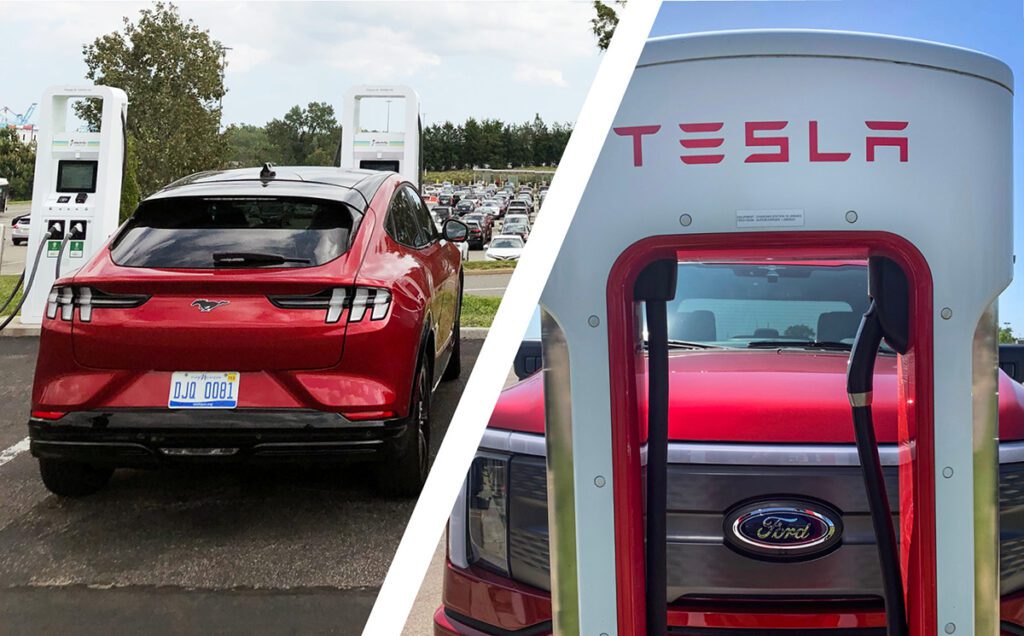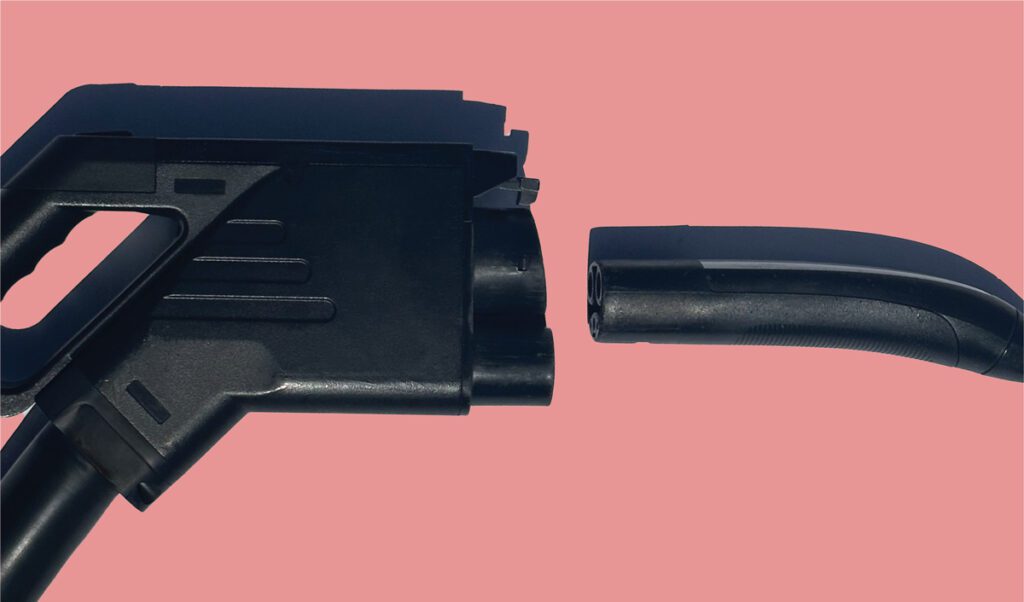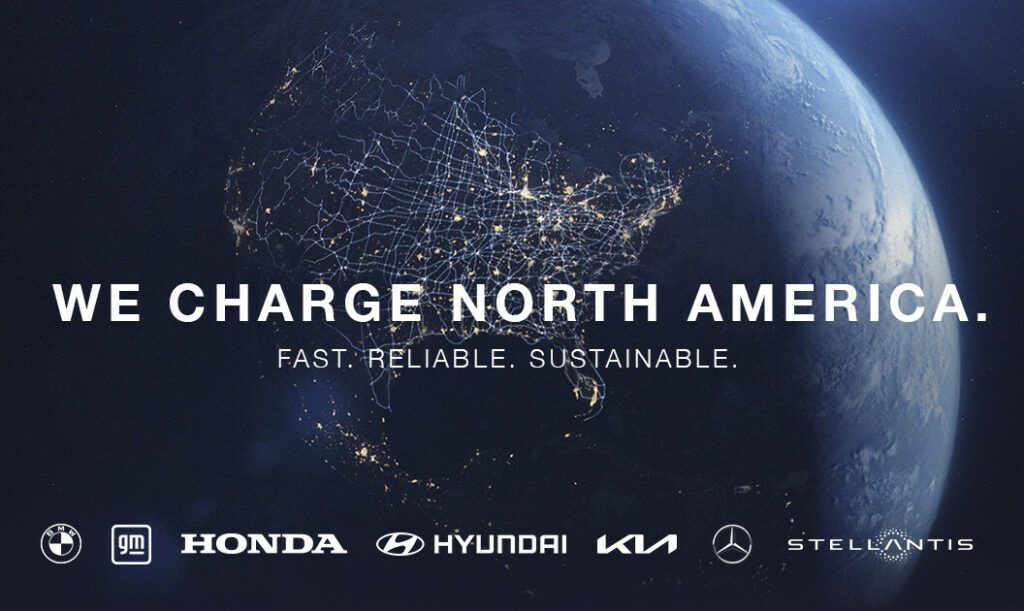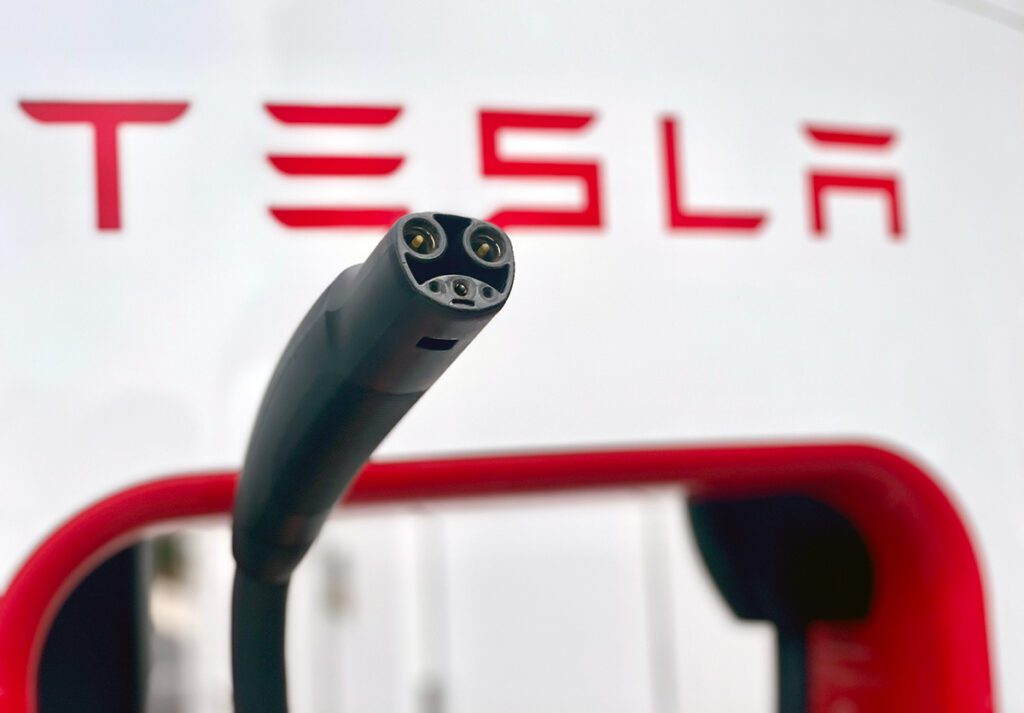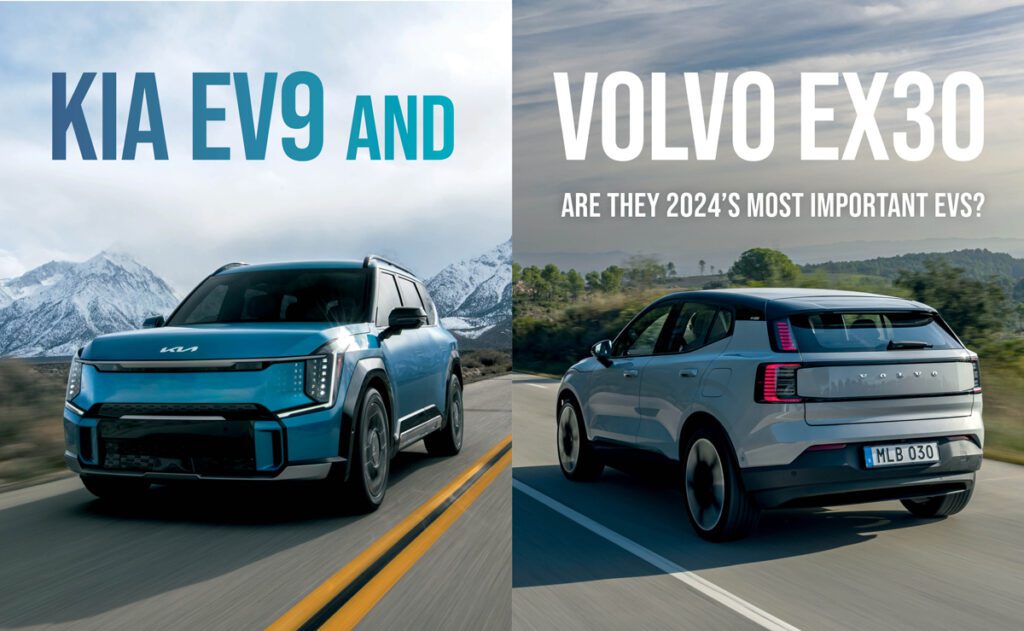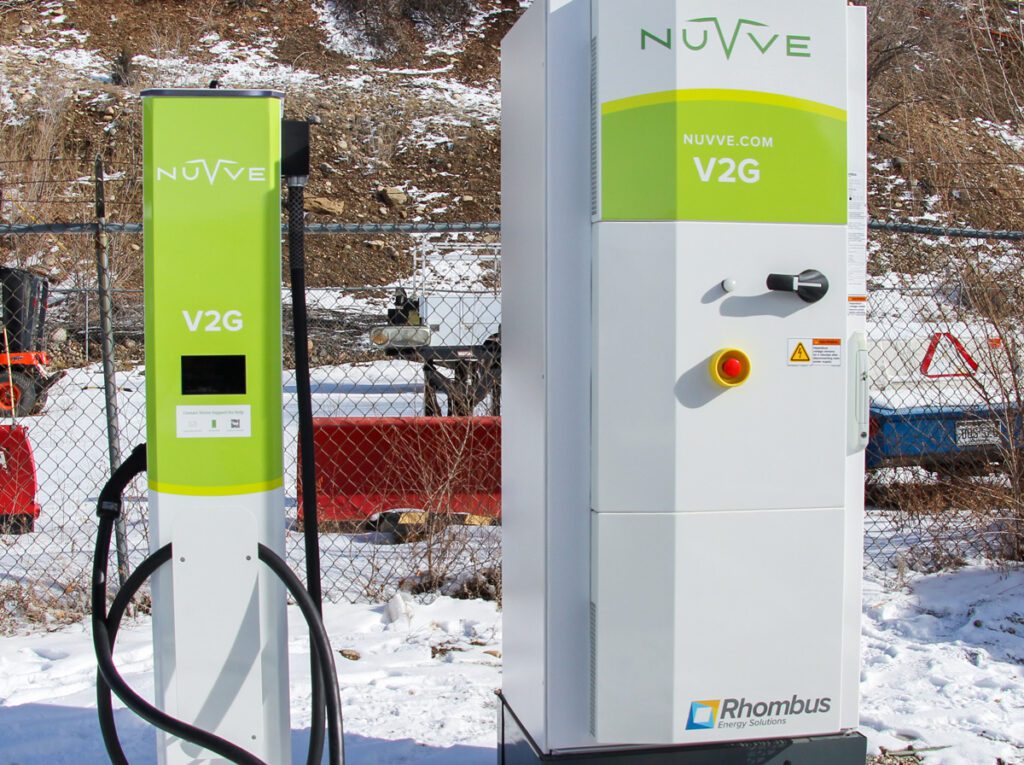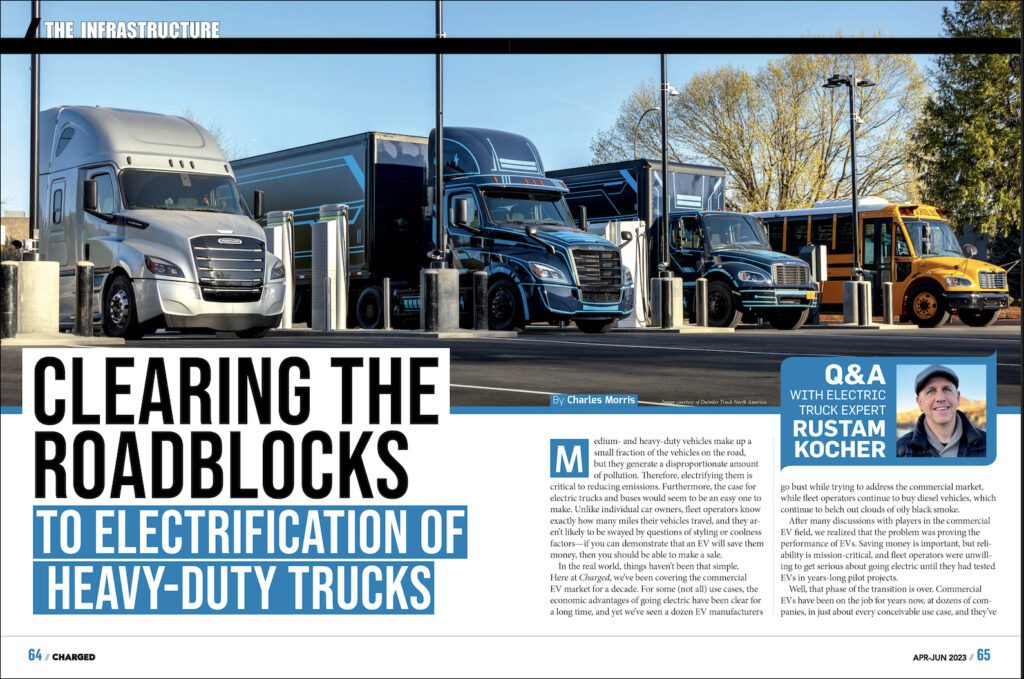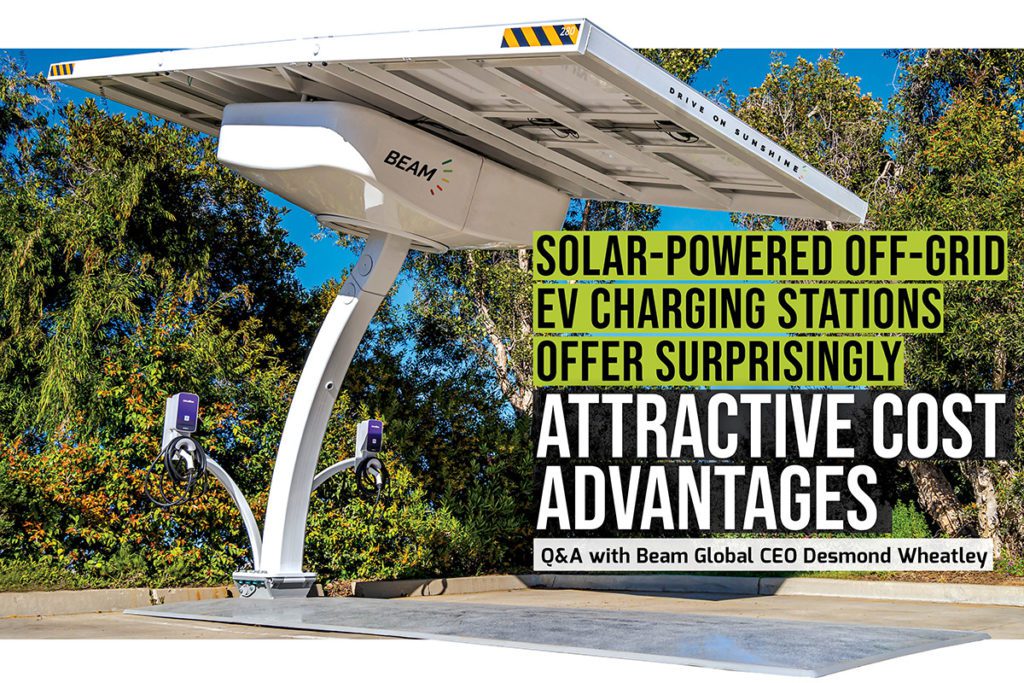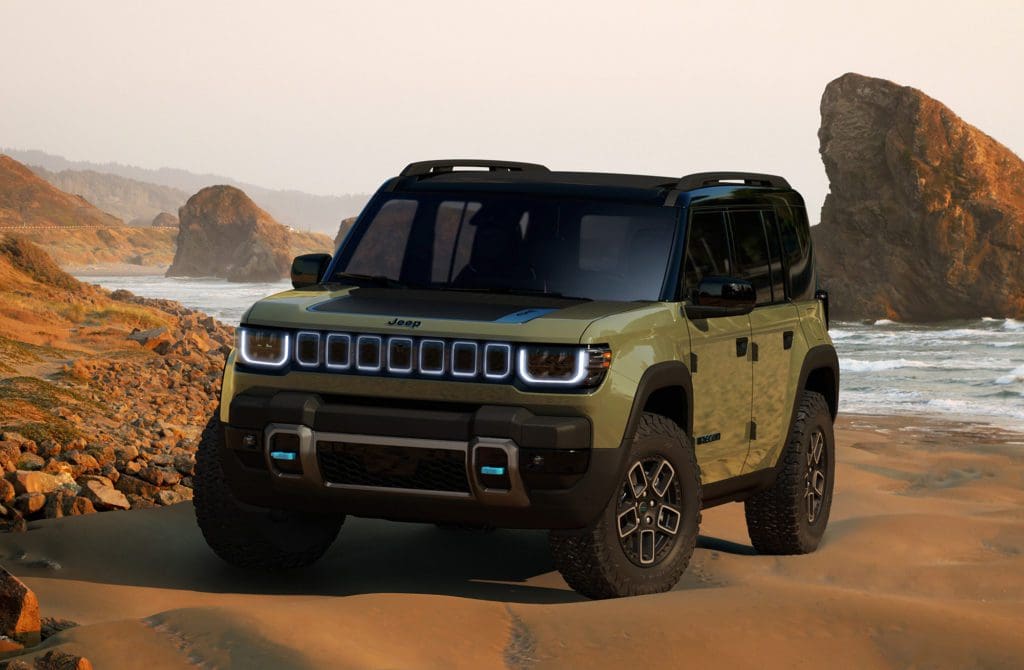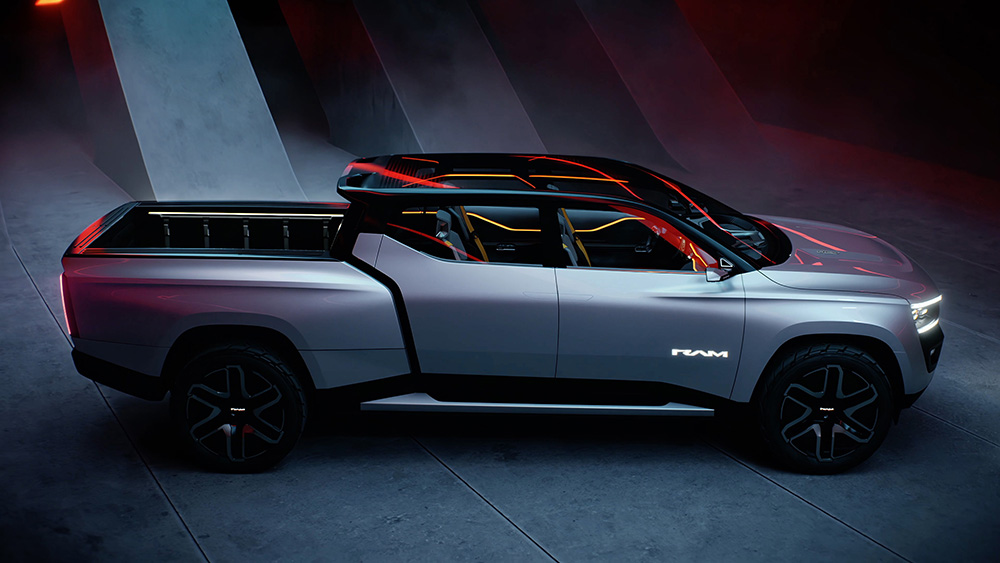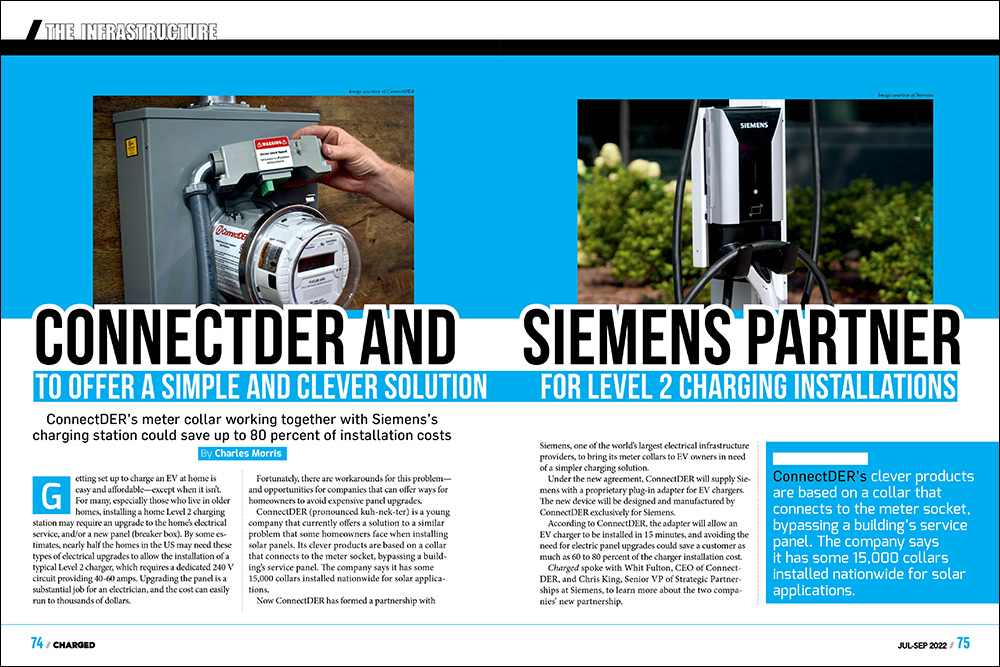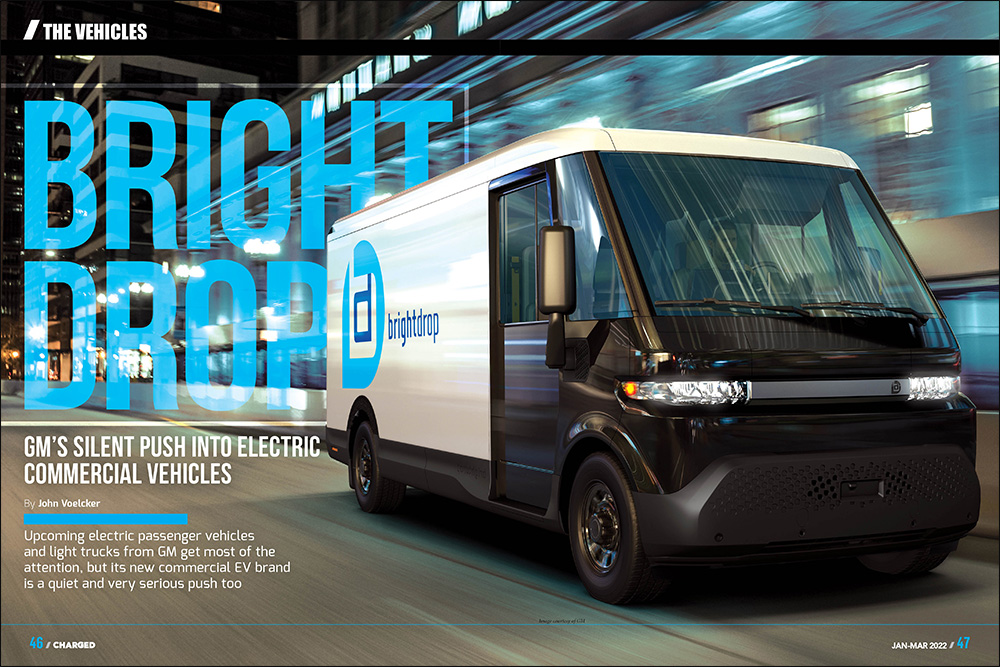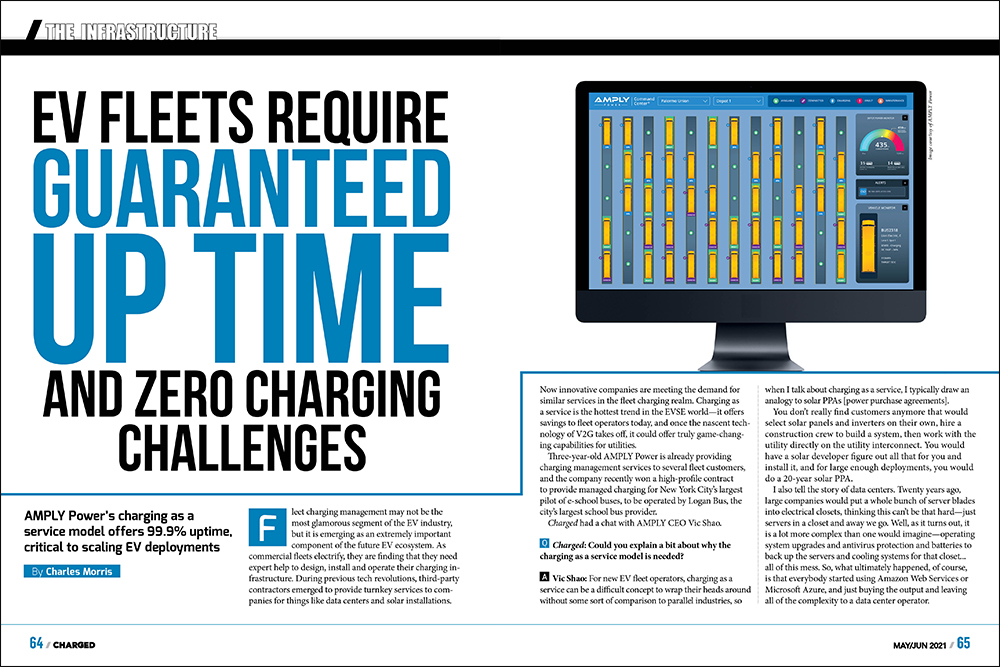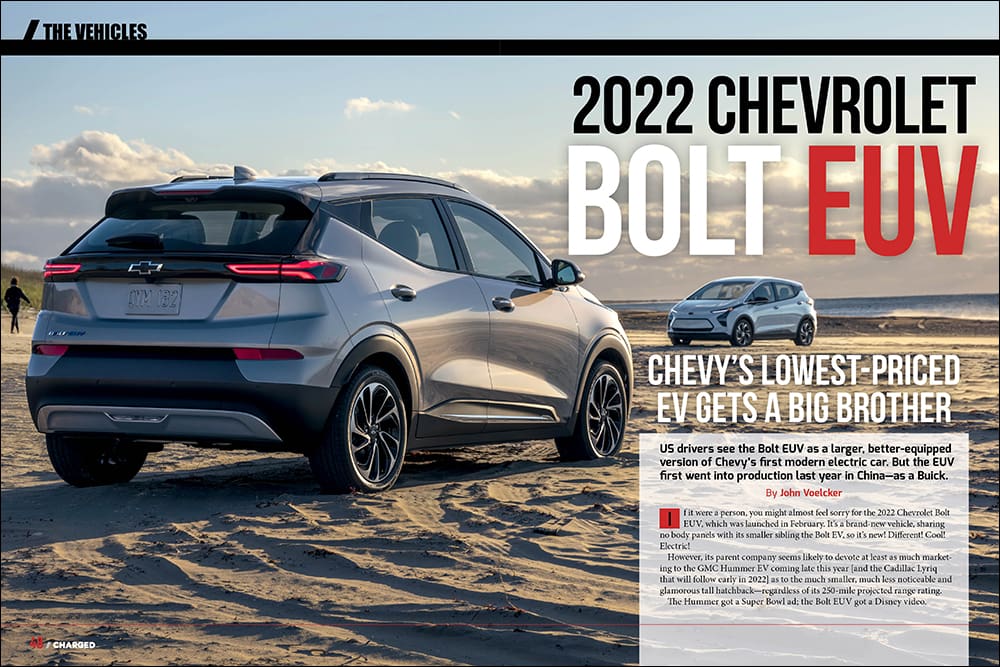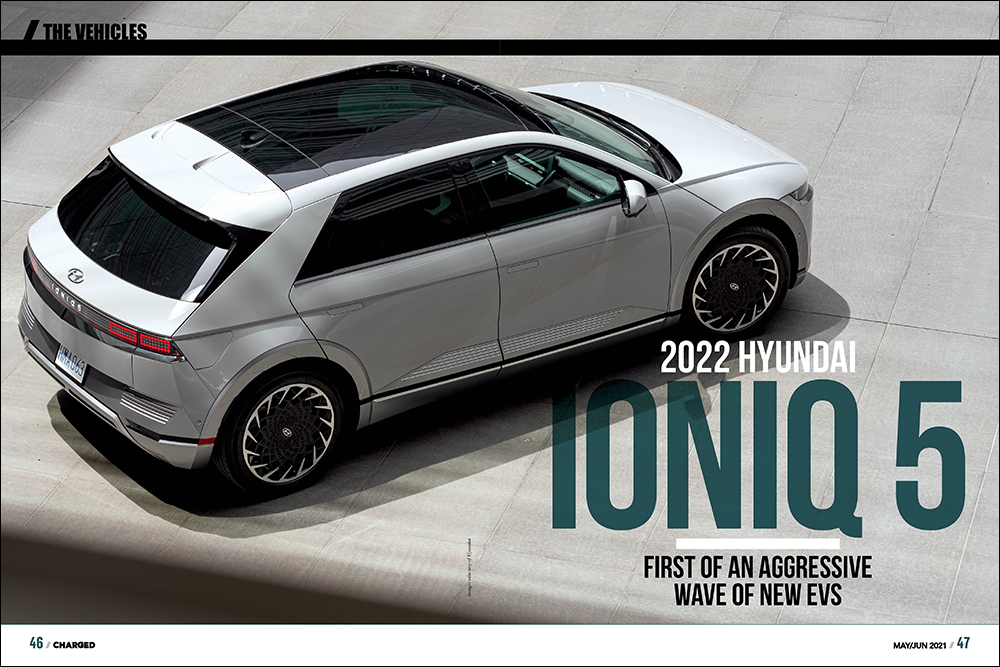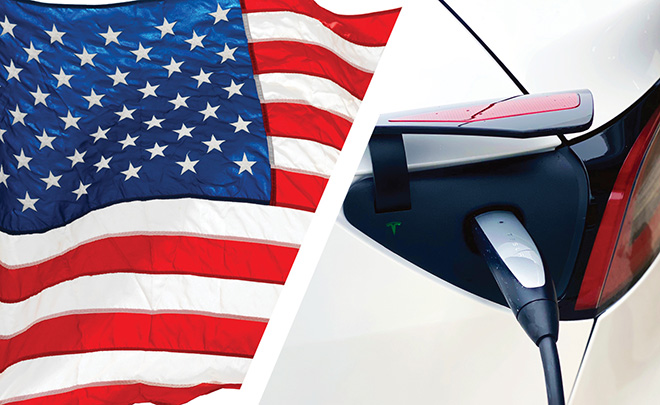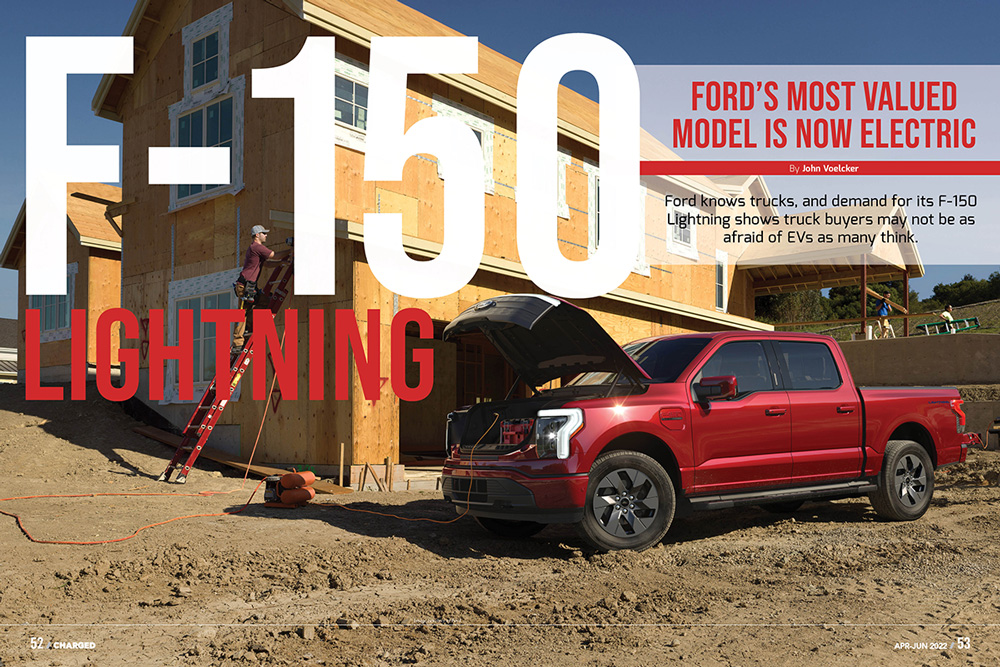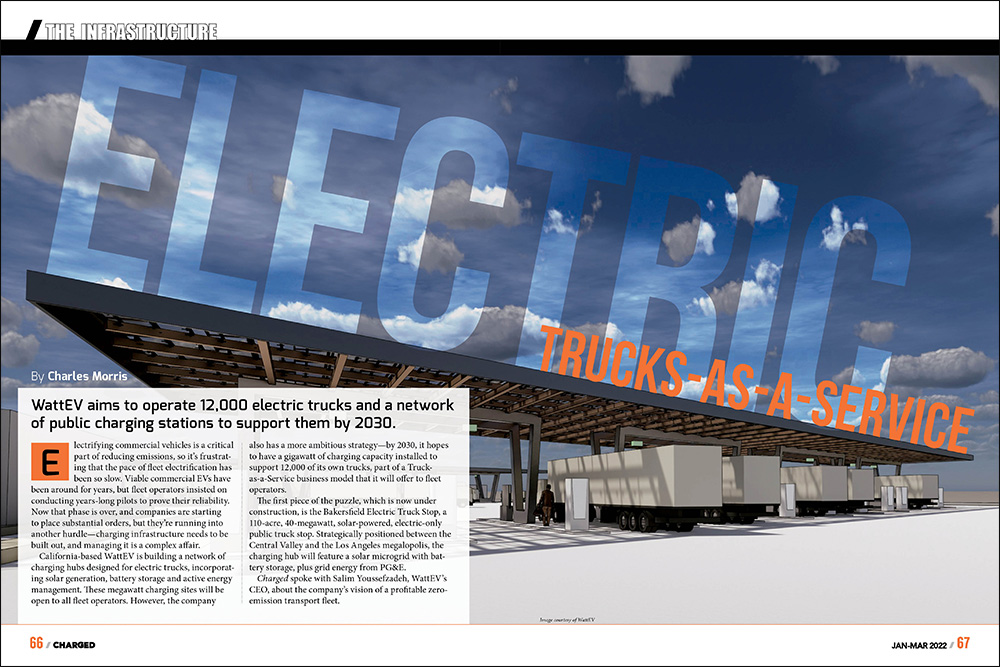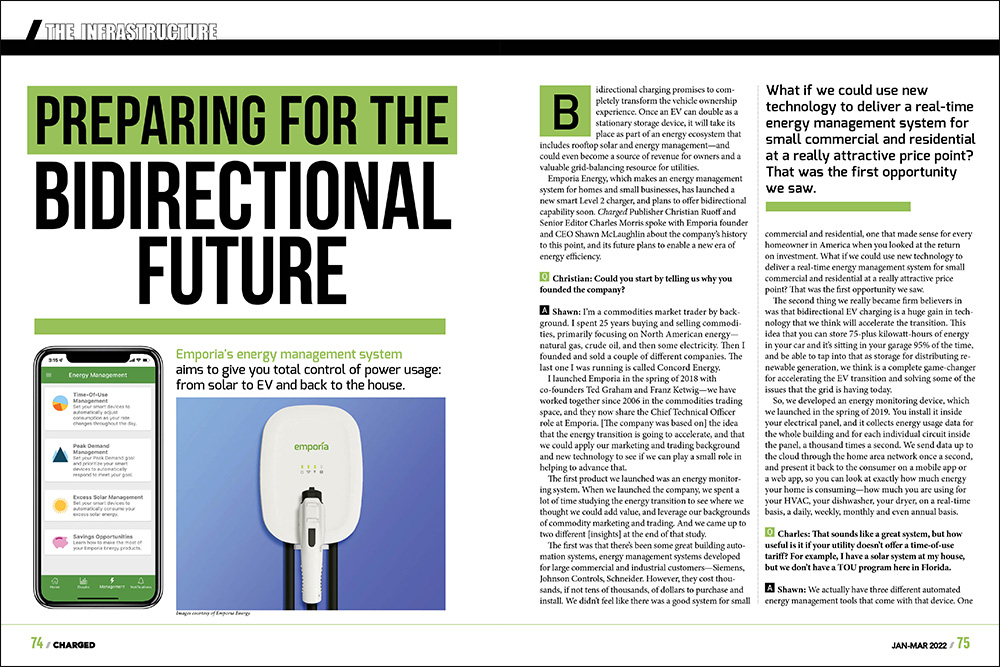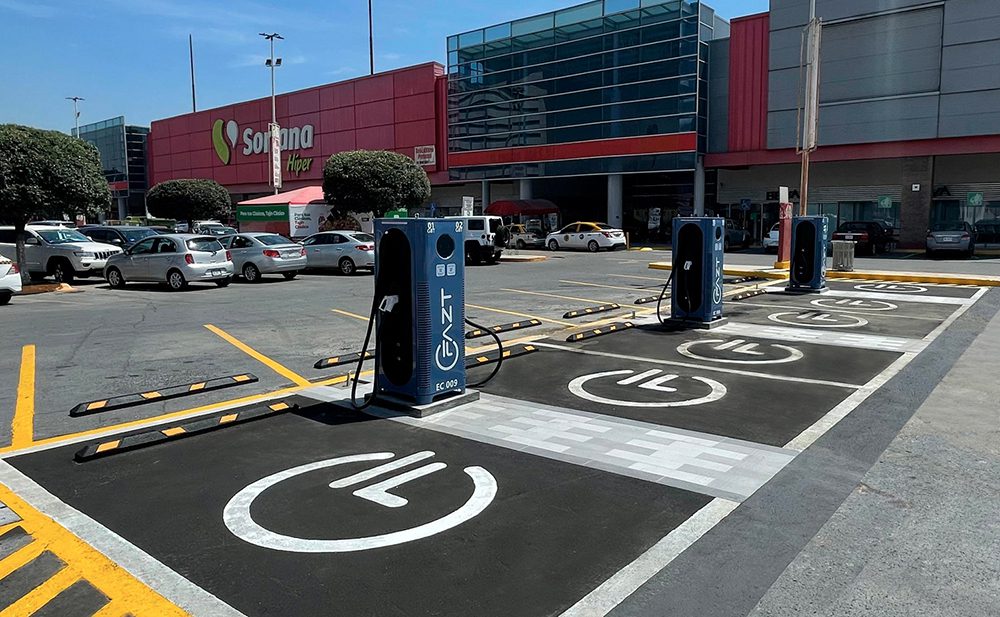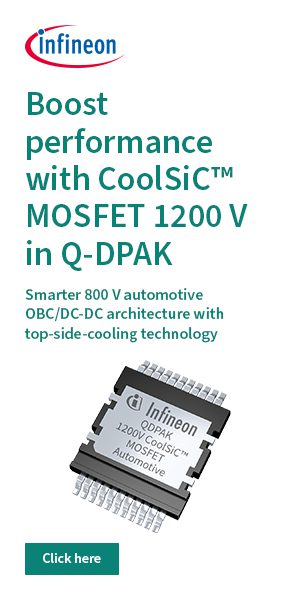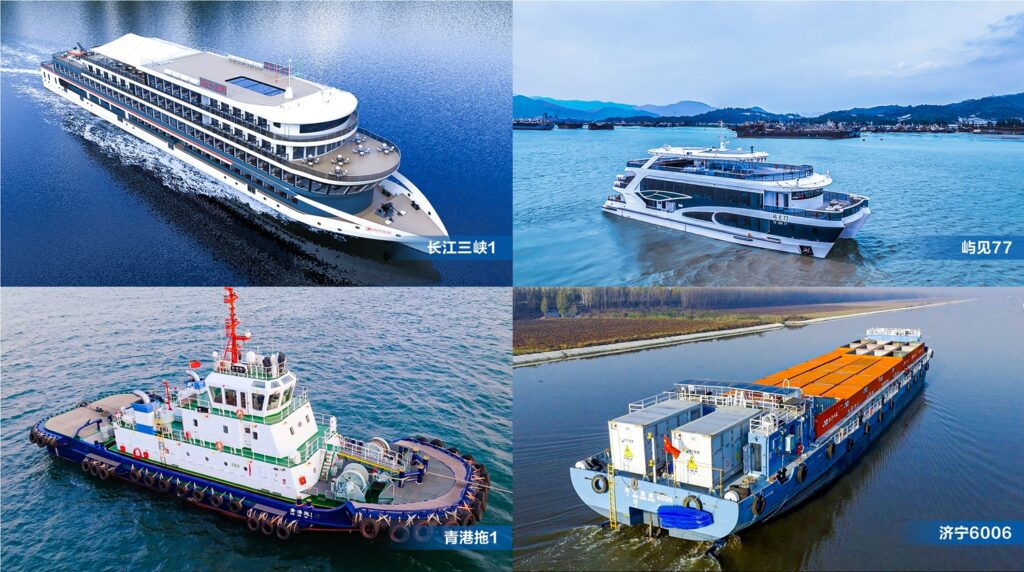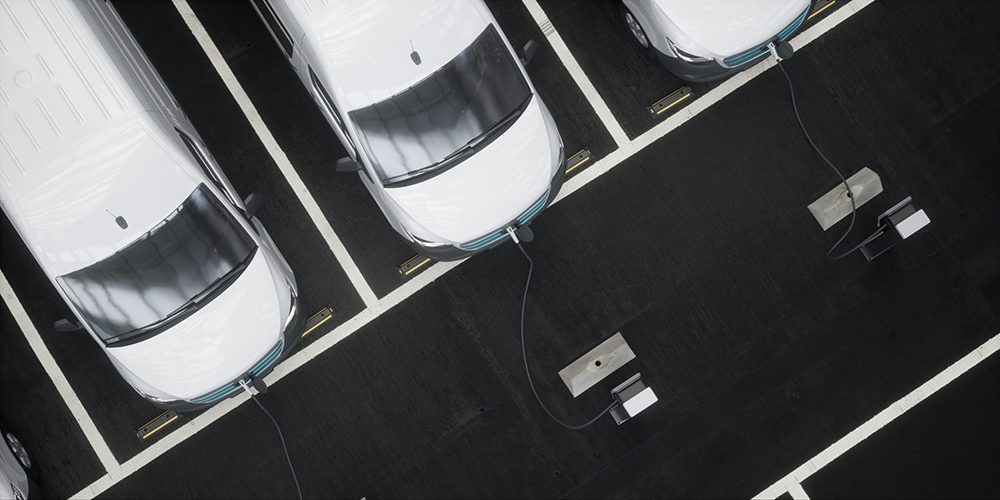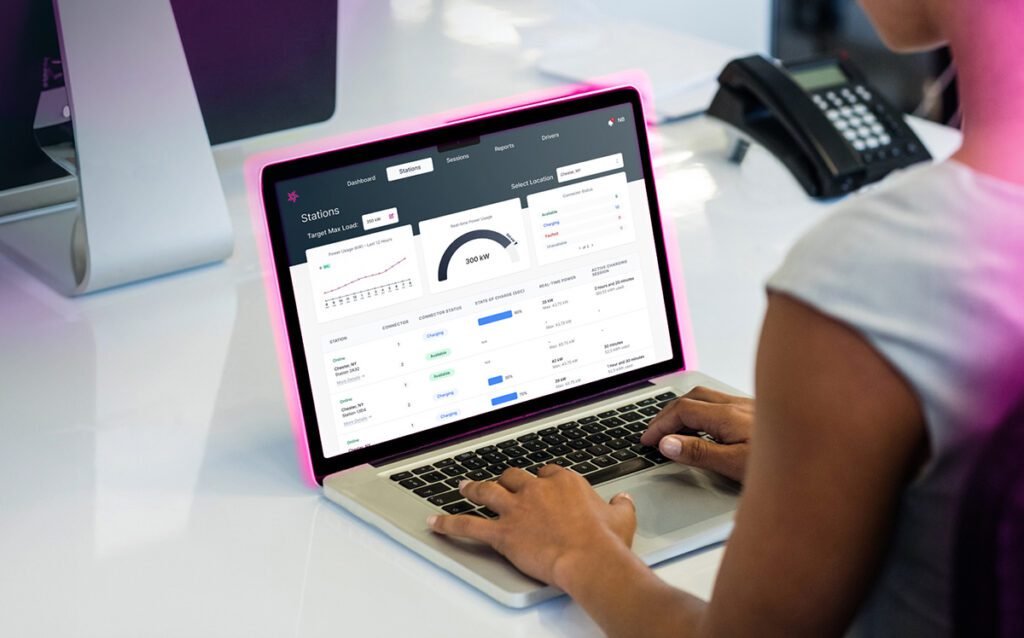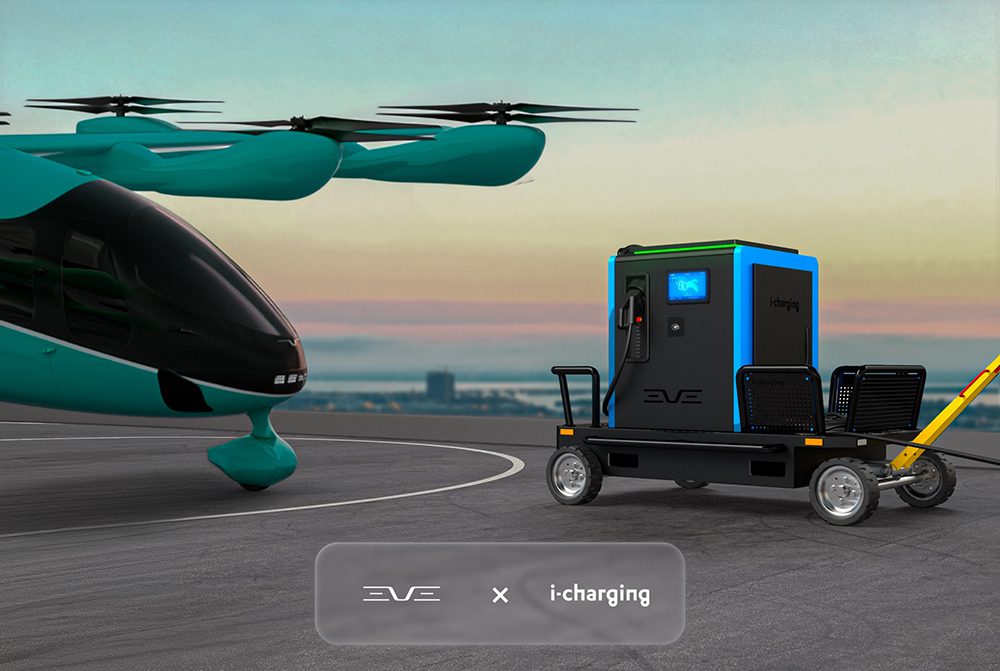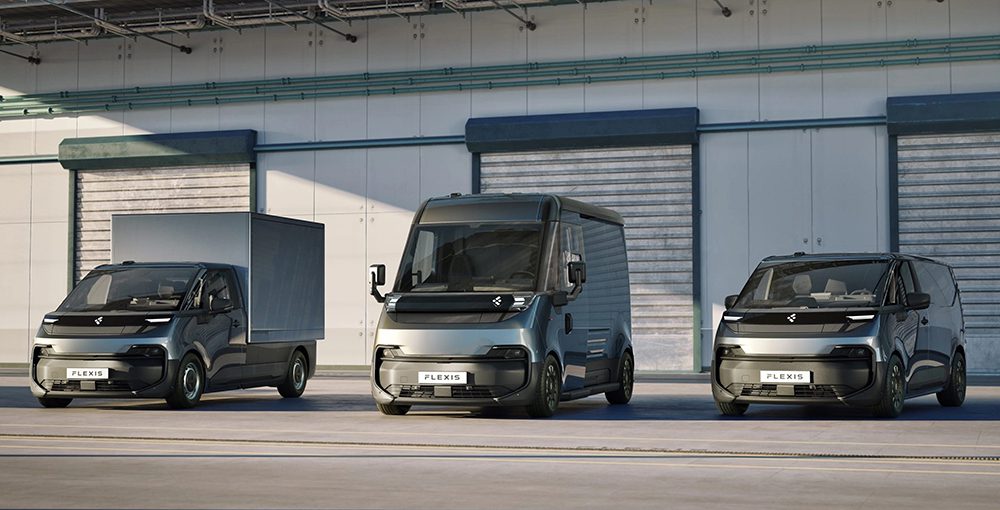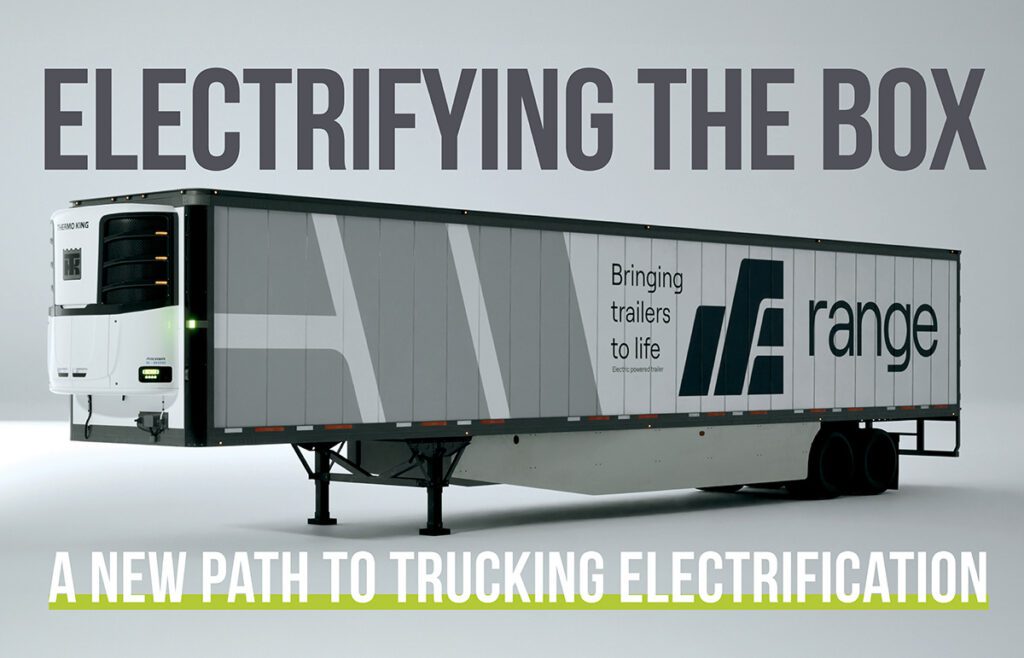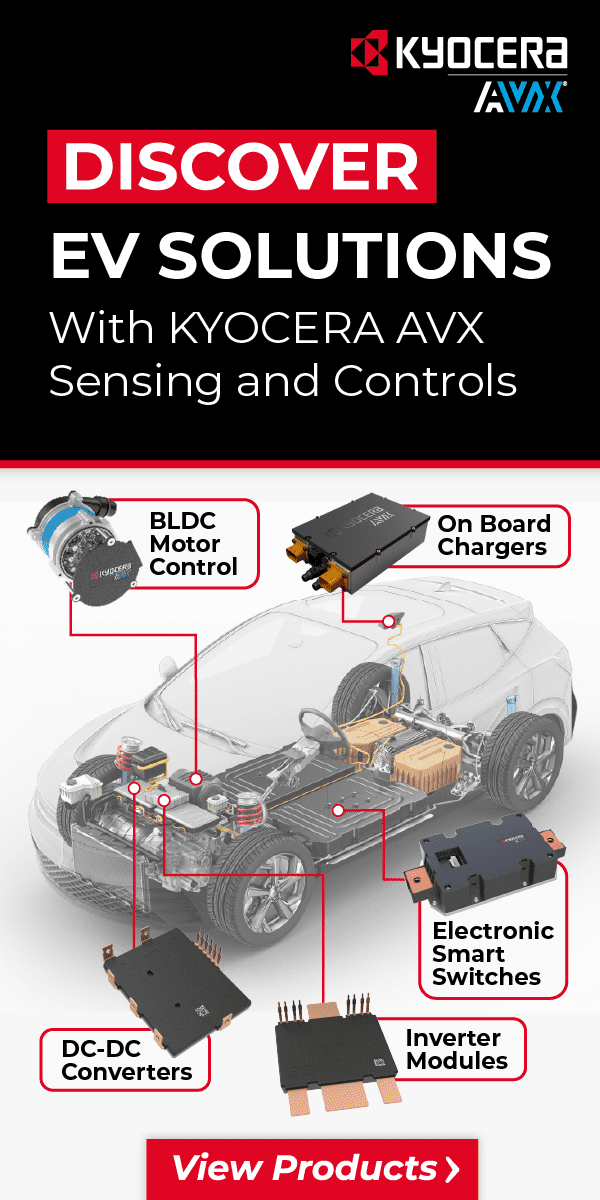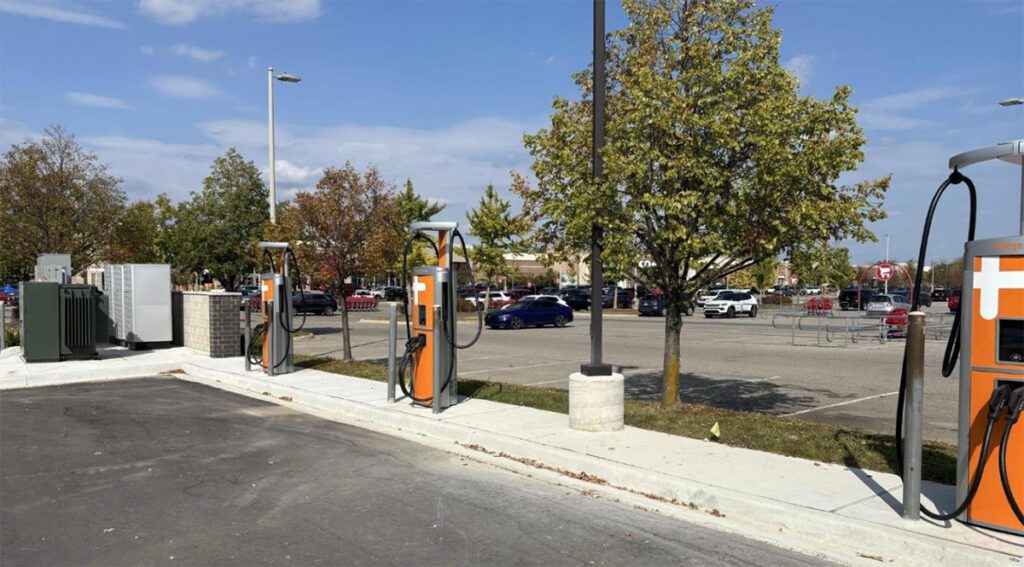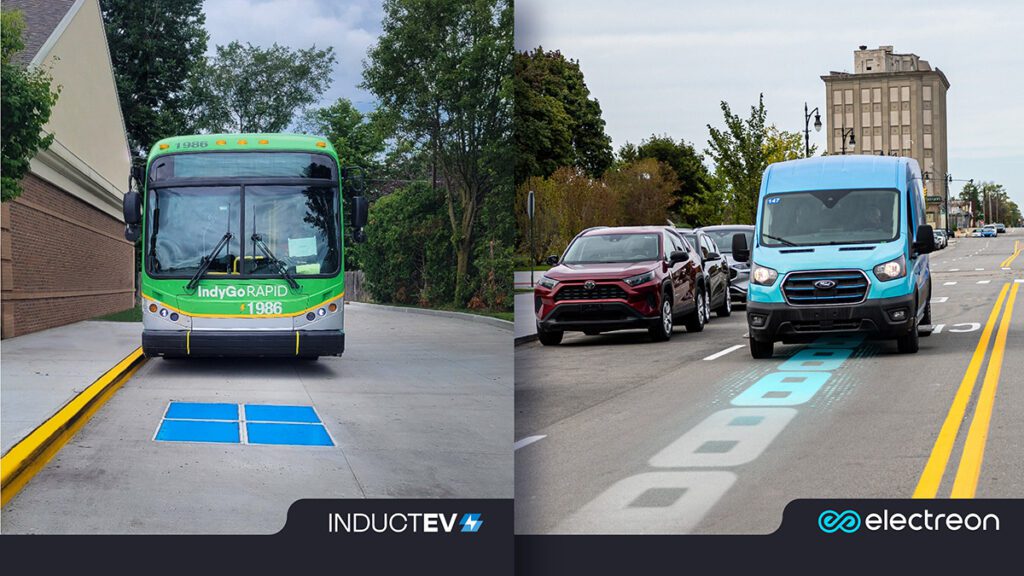The Spanish charging station company Wallbox is growing quickly and winning awards.
The Red Dot Product Design award is given every year to consumer products with exceptional design, from luxury watches to elegant furniture to stunning sports cars. You might not expect an EV charger to share that stage, but among the 2019 Red Dot winners was the Copper, an EV charger designed by Spanish company Wallbox.
Where did Wallbox come from, and what makes the Copper so special? Charged spoke with Wallbox co-founder Eduard Castañeda to learn more about the company and its inspired EV charger designs.
The founding of Wallbox
Eduard Castañeda and Enric Asunción met on their first day of university at UPC in Catalonia, and they’ve been inseparable ever since. The pair spent their undergraduate years focused on fuel cells, electronics, and renewable energy solutions, at one point designing the propulsion and powertrain of a robot for public spaces to help people move around more easily. They didn’t know it at the time, but the two best friends were priming themselves for the company they would eventually start together: Wallbox.
Asunción’s work was gaining recognition in the EV industry, and he was offered a spot working for an EV certification lab. Soon after, Asunción attracted the notice of Tesla, and he moved on to a position as Program Manager for Tesla in the Netherlands. His best friend Castañeda recalled Asunción’s early success: “Enric was the man at that point.”

Meanwhile, Castañeda maintained his own interest in the EV market, with a particular focus on the design and technology of motorsport. He remained close friends with Asunción, and even served as the best man at his wedding. In April 2015, Castañeda was attending a different wedding when he received an unexpected phone call from his best friend.
“Do you want to quit your job and start something that can be interesting?” Asunción asked Castañeda.
Asunción’s experience working for Tesla had given him insight into the issues of EV charging. He saw customers become frustrated with charging problems like billing, use times, and their EVs failing to charge overnight, leaving them stranded in the morning. Asunción saw an opportunity to create a smarter, better charging solution, and he wanted his best friend along for the ride.
“Ok, why not?” Castañeda replied, confident in his friend’s vision. “Why is it not possible to make new things in the market?”
A few months later, in July 2015, Asunción and Castañeda had officially established Wallbox, and kicked off their quest to create a better charger.

The early days
The founding friends needed to establish a vision for their new company. They knew they wanted to create smarter, more user-friendly charging products, and they codified that desire into a set of three core company values. The first value was user experience: Wallbox chargers should be as easy and friendly to use as a modern smartphone, and not merely electrified versions of a gas pump. The second value was innovation: Wallbox chargers should incorporate novel technology, and not just tread on the heels of pre-existing products. The final value was that design should not be a luxury: all Wallbox products should look and feel as premium as the EVs they’d be designed to charge.
“We strongly believe in these, and all our products since then have this DNA inside,” said Castañeda.
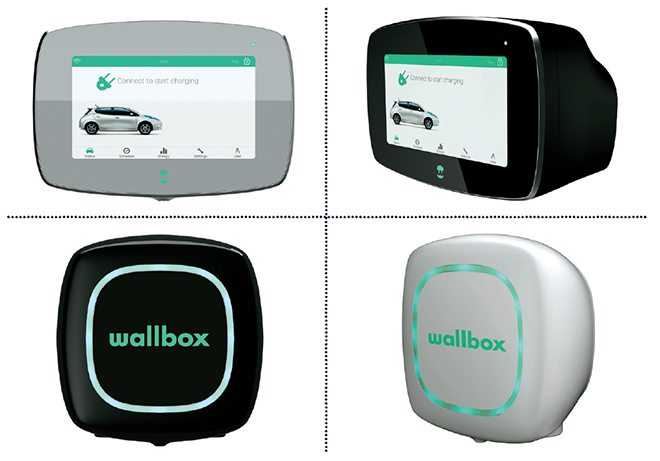
Soon Wallbox had developed a prototype for its first charger, the Commander, which it launched in March of 2016. By July, the company had launched its second charger, the Pulsar. These first two products were both compact and easy to use, and they started to attract attention. It wasn’t long before a prominent utility company signed a contract with Wallbox to use its EV chargers, all without any marketing on Wallbox’s part.
Wallbox had started to find success, but Asunción and Castañeda were just getting started. Though they were proud of their company’s product line, the two friends wanted to make an even bigger splash in the EV market.
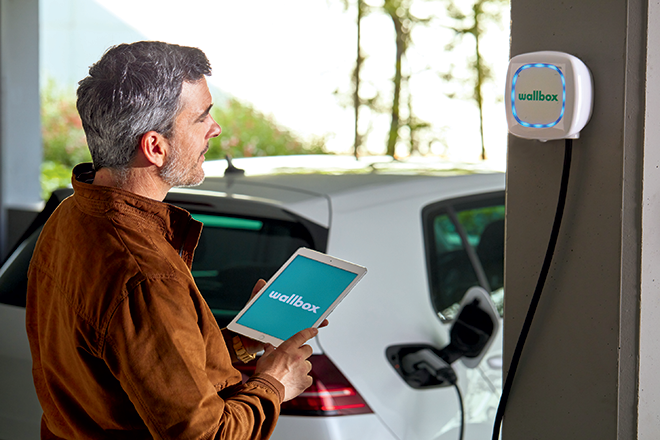
“The Pulsar and the Commander already had good design, and provided good functionality. But we wanted to push a little bit more,” said Castañeda. “At that point we were looking for a product that could not only be successful in sales, but also put the company in the position of saying, ‘Hey, we’re capable of doing these things.’”
With that goal in mind, Wallbox began work on its next charger: the Copper.
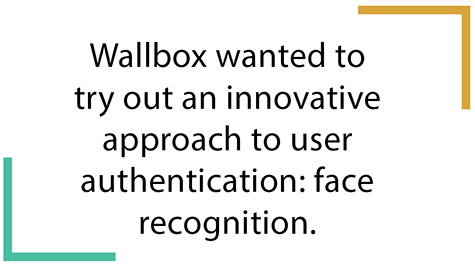
The Copper
Wallbox wanted its next charger to be something special, and it kicked things off with a novel design feature: a camera. Why put a camera in an EV charger? Wallbox wanted to try out an innovative approach to user authentication: face recognition. Though it’s more widespread today, face recognition was still an emerging technology when Wallbox was developing the Copper. In fact, according to Castañeda, Wallbox’s face recognition technology was ready even before Apple’s FaceID, which launched the same year.
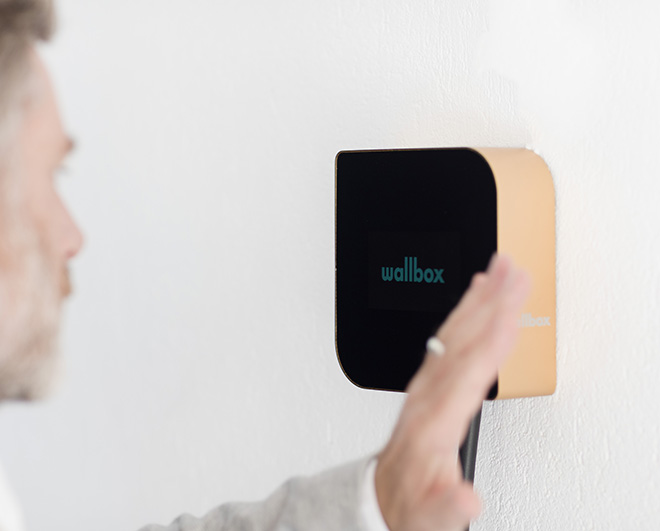
As does FaceID, the Copper charger uses face recognition to authenticate users. Users upload pictures of themselves on the myWallbox app, and the Copper checks in with the Wallbox cloud to perform the face recognition. The feature targets users in condominiums or businesses where only authorized users are permitted to charge, eliminating the need for access codes, RFID cards, or other credentials. Just flash a smile at the Copper, and you’re in.
But face recognition isn’t the only smart feature of the Copper. The camera also enables gesture recognition, allowing users to interact with the charger with the wave of a hand. The myWallbox app allows users to monitor their charging status remotely, search through their charging history, and program their own charging schedules. The Copper also adapts the amount of power it provides while charging to avoid tripping the supply, up to a maximum of 22 kW.
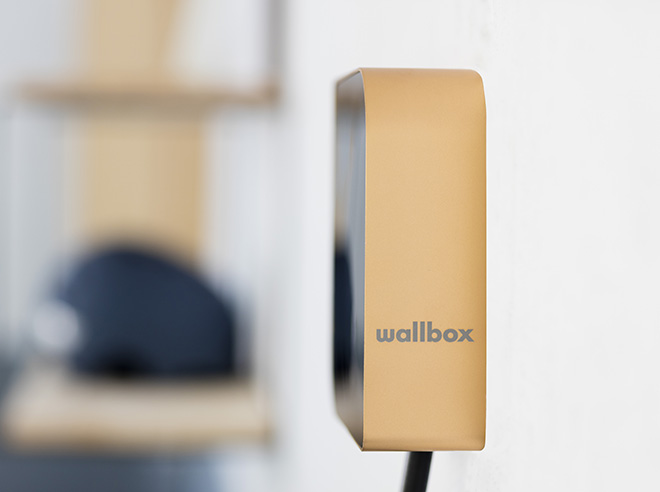
“The Copper has a lot of intelligence inside,” said Castañeda. “It’s a really smart charger.”
According to Castañeda, the Copper will only continue to get smarter. Wallbox will soon launch voice controls for the Copper through Google Home and Amazon Alexa. Also on the roadmap is more adaptive AI that can learn and predict a user’s charging needs.
“We believe in smart chargers and a smart solution behind them,” Castañeda explained. “With artificial intelligence, the charger can know when you will leave or make a long trip. So it will take care of that – you’ll have the car fully charged when it’s needed. It can also understand your use time, so it can take care to reduce your billing. All of this is what we’re focusing on.”
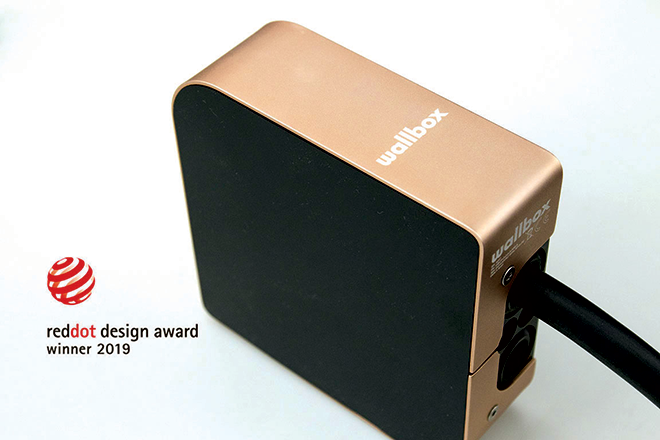
The Copper isn’t just designed to be intelligent – it’s also designed to look good. The Copper is a compact charger, at just 167 x 167 x 54.5 mm. The front face is a glossy black screen that hides the face and gesture recognition camera, while the edges of the device are ringed in sleek copper to reflect the charger’s namesake. Wallbox partnered with the ESNE University School of Design in Madrid to create the Copper’s signature look, a gambit which clearly paid off with the Red Dot Product Design award.
Asunción and Castañeda’s vision of a smart, user-friendly and well-designed charger has been validated both by the Red Dot award and the company’s early success. But the two friends won’t rest yet, and plan to bring Wallbox to North America and China later this year. As Castañeda reflected on the company and its growth, he emphasized that a big part of Wallbox’s success lies in the strong bonds between employees.
“From a company that started with focusing on user values, nearly four years later we have a company that has more than 120 people,” said Castañeda. “But we still have a very strong relationship with each other, and we still have the same way of working. And I think that makes us very strong.”
This article appeared in Charged Issue 43 – May/June 2019 – Subscribe now.
